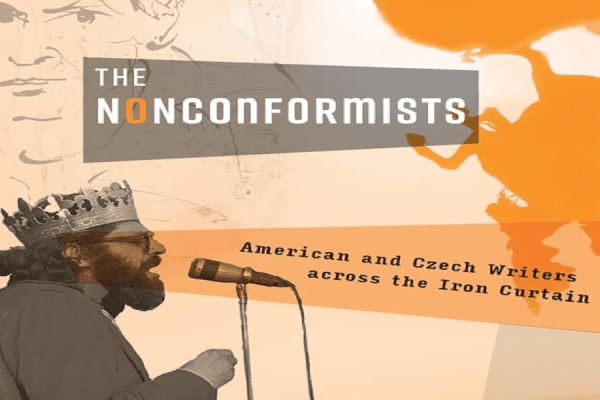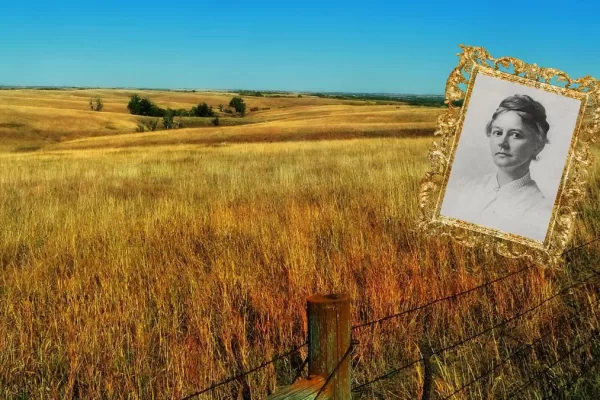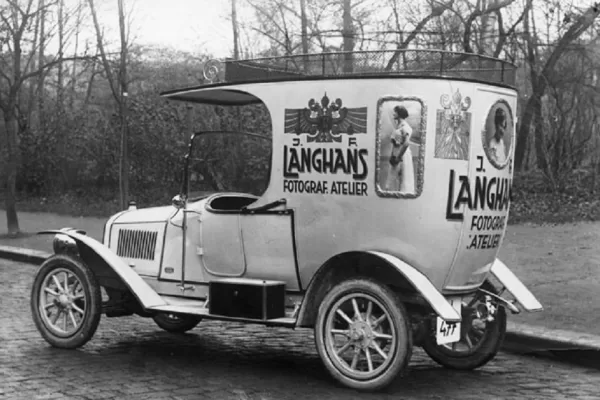If you are an old friend and supporter of this site, you know that I love old documents, photographs, books, records and ephemera in general. More so, I love sharing my discoveries with you, the readers. That is precisely why I was inspired to share The Face of Prague – Beautiful Images from 75 Years Ago.
The other day I happened upon a book which was research various sources say was first printed in 1900, but based on the photography within, that is not possible as such fashions and vehicles were not around during that time.
Deeper research showed me copyright dates of 1950, 1951 and 1960. Therefore, it’s most likely safe to say the somewhere around 1950 is when these photos were taken. The book is called The Face of Prague | L’Image de Prague and was designed and produced by Artia of Prague. Inside the cover, it says it was printed in Czechoslovakia.
The photographs are credited to M. Kučera and the text was written by Jiří Korber. All of the text and photographs below are directly from the book. They show us a Prague of a different time.
I hope you will enjoy the images as much as we have. For your convenience, I have also added a link beneath each photograph where applicable, so you can see how these locations look today and what is available at each location. Dont worry, if you click the links, they will open in a new window so you will not lose these beautiful images!
And now, The Face of Prague…
It is hard, indeed, to find the right words for a preface to a pictorial poem about Prague which would give foreigners at least some idea of its true appearance.
The ancient seat of the Bohemian kings, an international center of the art world, the cradle of the Hussite movement, the conservatoire of Europe . . . An immortal heart at the cross-roads of history, whose pulse has often stimulated world events in turbulent times.
The golden, hundred-towered city on the Vltava…
Praised a thousand times in such terms throughout the ages by artists in words, color and sound, beloved and remembered by all who have ever enjoyed the hospitality of its walls . . .
Wherein lies that magic charm which ruffles the calm of observation into admiring emotion in the mind of the traveler, who — though he may have seen the loveliest cities in the world — seeing Prague once, is forever enchanted?
Is it the overwhelming richness of the impressions received from the pictures which spring to mind and are born of the tempestuous political and artistic seethings of long centuries?
Or is it those thousands of different faces with which Prague forever succeeds in charming one anew despite the destructive ravages of time, and which can match those of any city of the modern world?
In truth, thousands of faces of great beauty, glowing with the radiance of a precious stone, burnished by the centuries . . . How many of them have witnessed the growth and development of this city, in whose lap lies a treasury of precious architectural and artistic gems! For centuries the Vltava has sung the same song as it wound its way through Prague, but all the while the city itself with its ever-changing faces has been mirrored in the river’s surface and it is hard to judge which of them has been the more beautiful. Yet. . . there is one that enchants more than the rest, though it is marked with deep furrows and the fierce stream of life has heedlessly covered it with the growth of buildings of more modern times.
It is the oldest face of the “Mother of our Towns”, precious and moving as only a mother’s face can be, where age has not dimmed the former grace of youth. A gracious smiling face, proud even in its calm acceptance of the now silenced romance of times gone by, and yet forever encouraging new generations with a noble desire for beauty.
Let’s take a look, then, at Prague, if we want to get to know and understand her! Let’s start from the hills, where history began to write its glorious and dramatic epic, let’s wander down through the floral paradise of gardens, where we may yet catch an echo of the whimsical games of the shepherds in the songs and whisperings of the centuries-old
trees. . .
Let’s make the silent corners of the old nobles’ palaces ring with the sound of our footsteps; perhaps lose ourselves in the idyllic labyrinth of tiny passages in the Little Town quarter and savor the enchanting views and vistas which suddenly open up before our eyes . . .
The Face of Prague is the first book in the Artia series. There could certainly have been no better choice than to commence the series with a book devoted to the ancient beauty of the hundred-towered city on the Vltava.
We are glad that it will carry this message of beauty far across the frontiers and bring a friendly greeting from a nation that has embodied its noblest efforts, its love, and its faith in the future and the eternal glory and joy of life on earth in the thousandfold enchantments of its capital city . . .
Jiří Korber
1 . The old ramparts of the Vyšehrad fortress are a relic from the times of the ancient prophecy made by the legendary Princess Libuše, concerning the future of the town of Prague: “that its glory would one day reach the stars”.
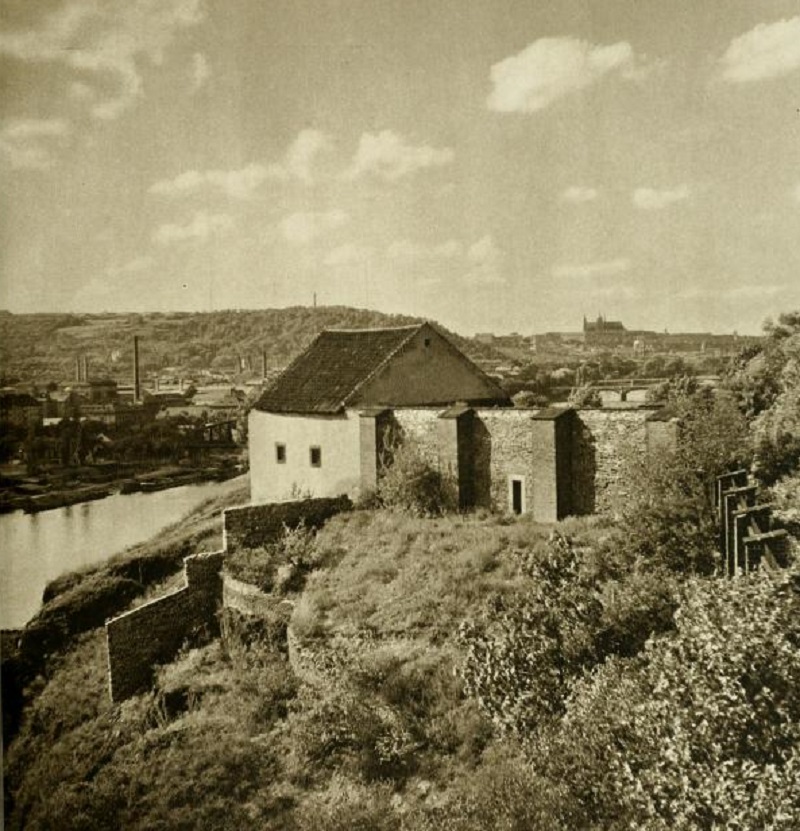
Look at more images of the Vyšehrad fortress by clicking here.
2. Not even the busy life of today, making them ring with the sound of happy children’s laughter, can dispel from the ruins of the Vyšehrad fortress their twilight veil of ancient legends about heroes who in defense of their city acquitted themselves with bravery and honor.
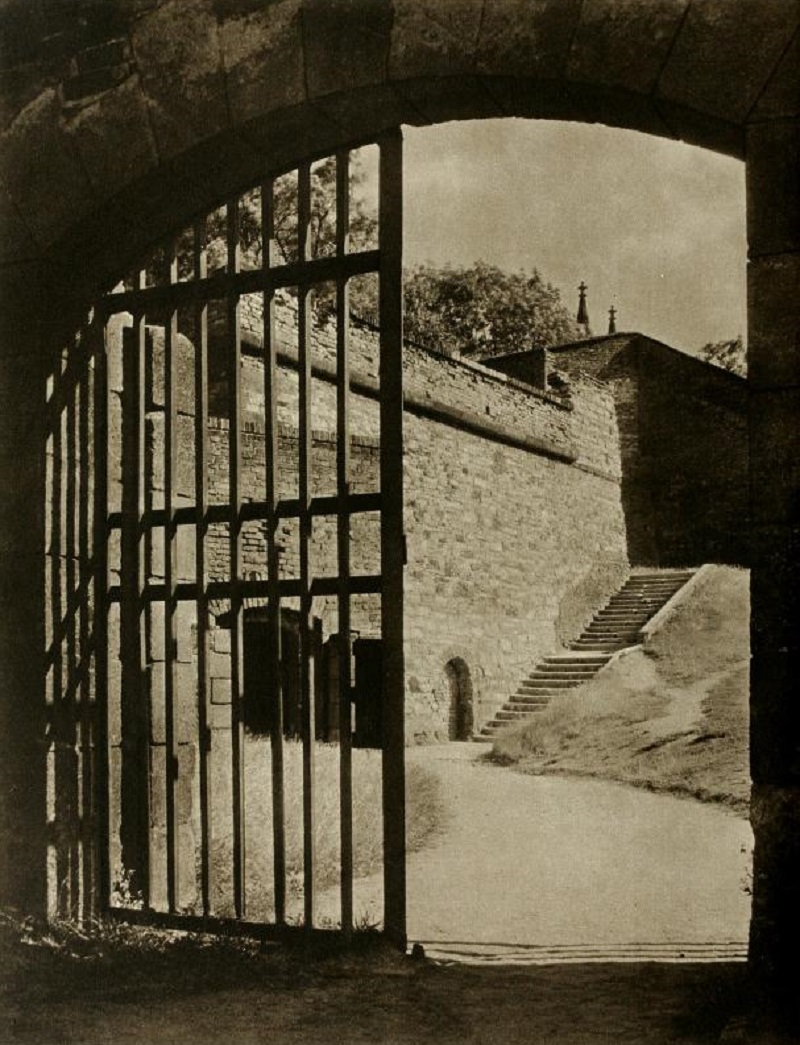
Look at more images of the Vyšehrad fortress by clicking here.
3. The path leads down, as if to a carefully guarded treasury of jewels, to the infinite wealth of Prague’s ancient relics lying in the broad lap of the town.
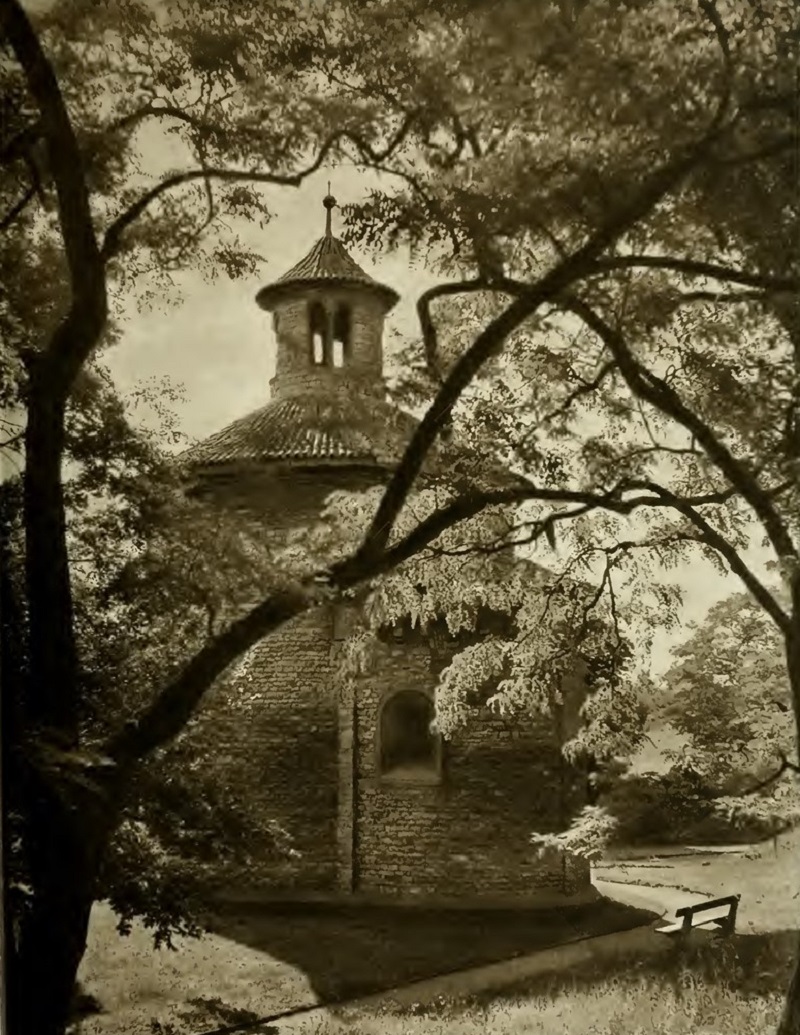
Look at more images of the Vyšehrad fortress by clicking here.
4. On the opposite bank of the Vltava, close to the Castle, a jewel of Renaissance architecture — the Belvedere Royal Pavilion— stands out above the luxuriant vegetation of the Royal Gardens. The pavilion dates back to the beginning of the 16th century.
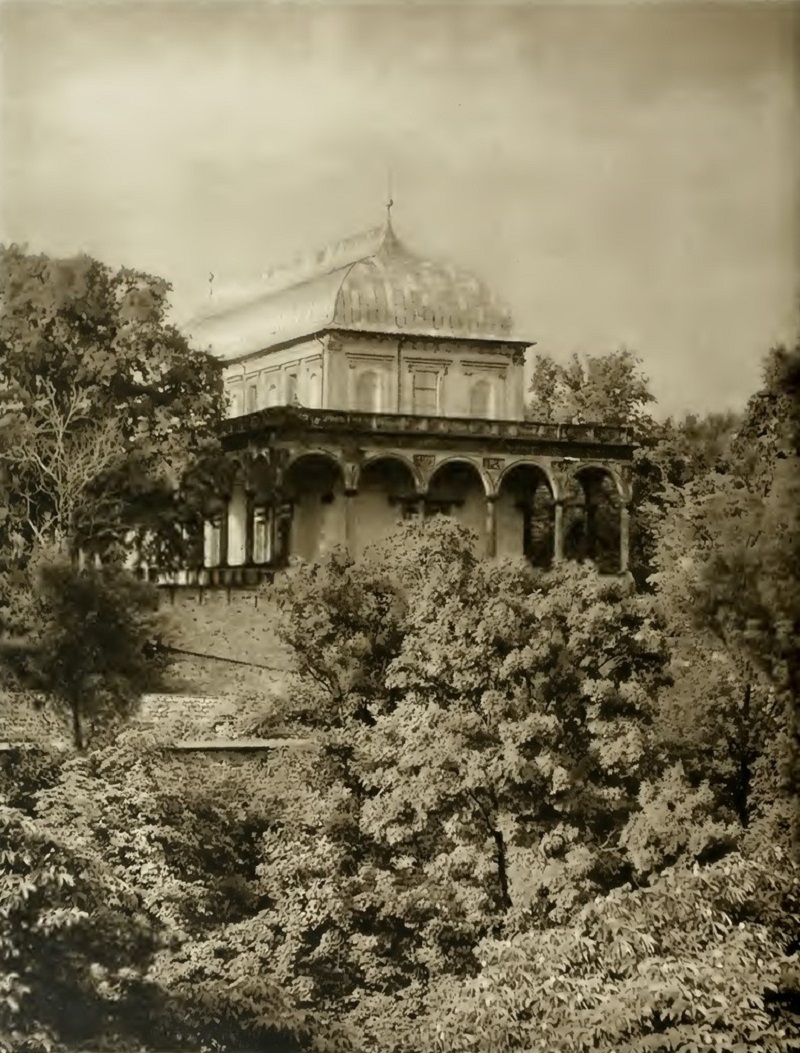
Look at more images of the Belvedere Royal Pavilion and the Royal Gardens by clicking here.
5. Each year the magic of Spring in Prague weaves a new and lovely frame to the picture its people love most dearly— the view of its hundreds of spires and towers.
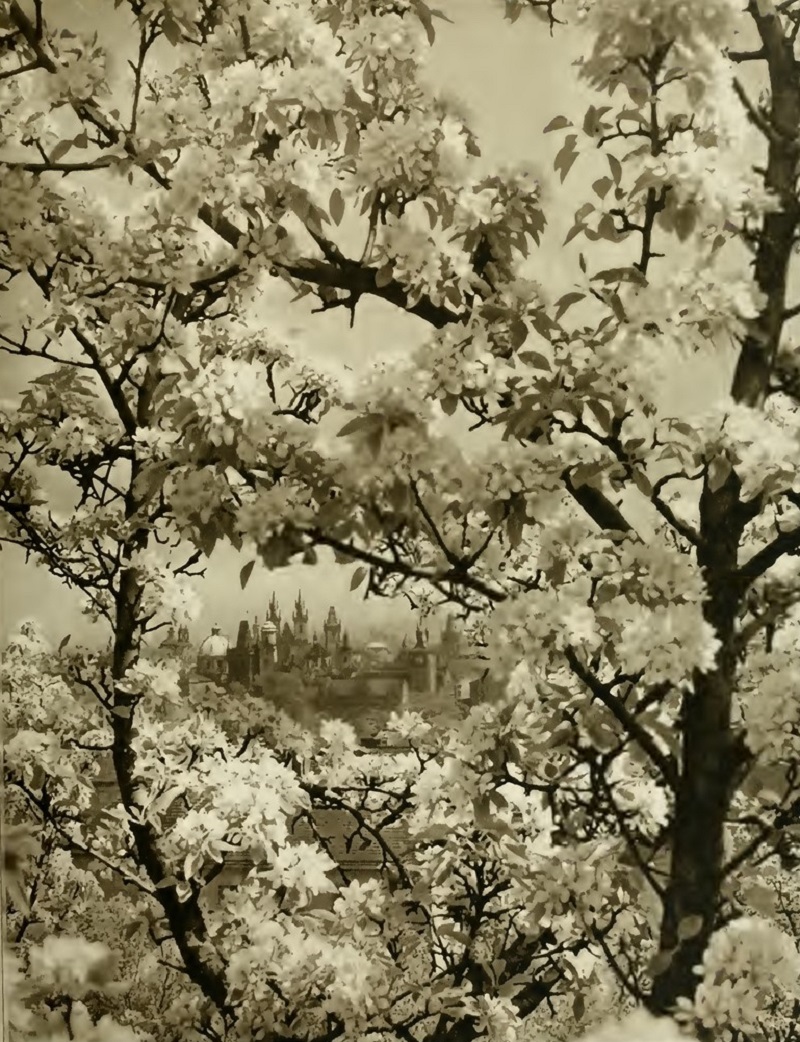
Look at more images of Spring in Prague by clicking here.
6. Above the gay mosaic of the garden slopes, as though uplifted by an arched wave of greenery, rises the famous Strahov Monastery, with its valuable collections of manuscripts and old books, today known as the Museum of National Literature.
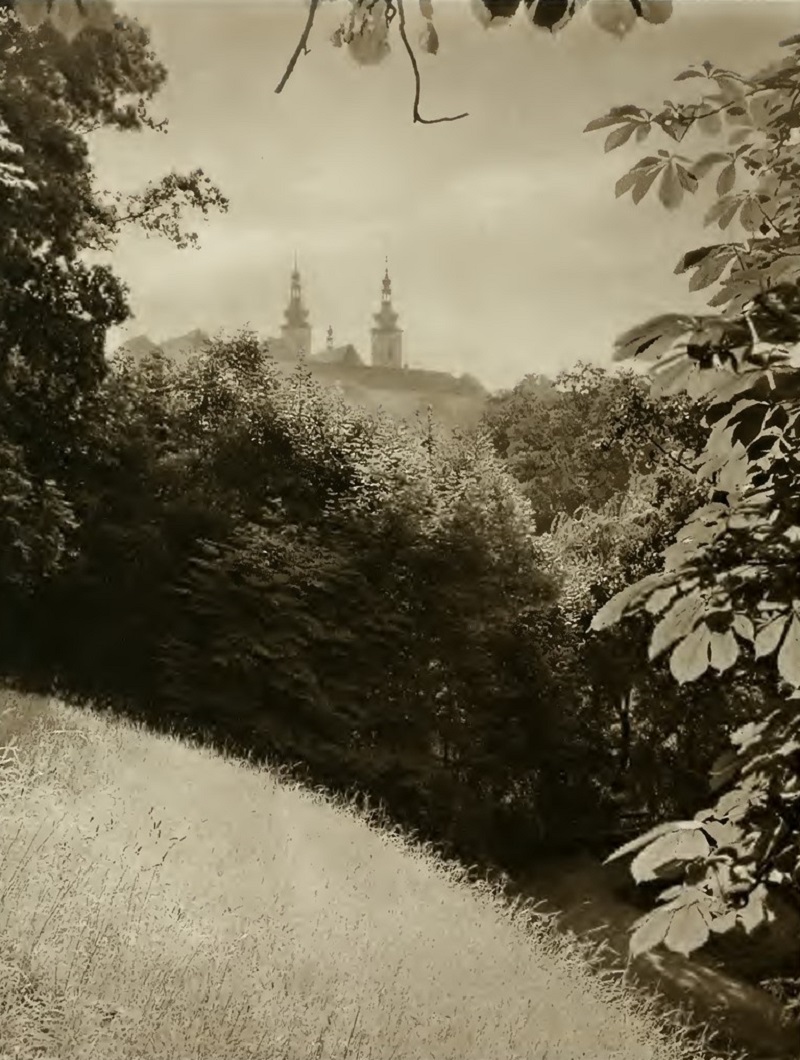
Look at more images of the Strahov Monastery by clicking here.
7. From the maze of alleyways below the Castle, these steps seem to lead to the underworld. But in reality it is only one of many paths which take us down into the heart of Malá Strana, the Little Town.
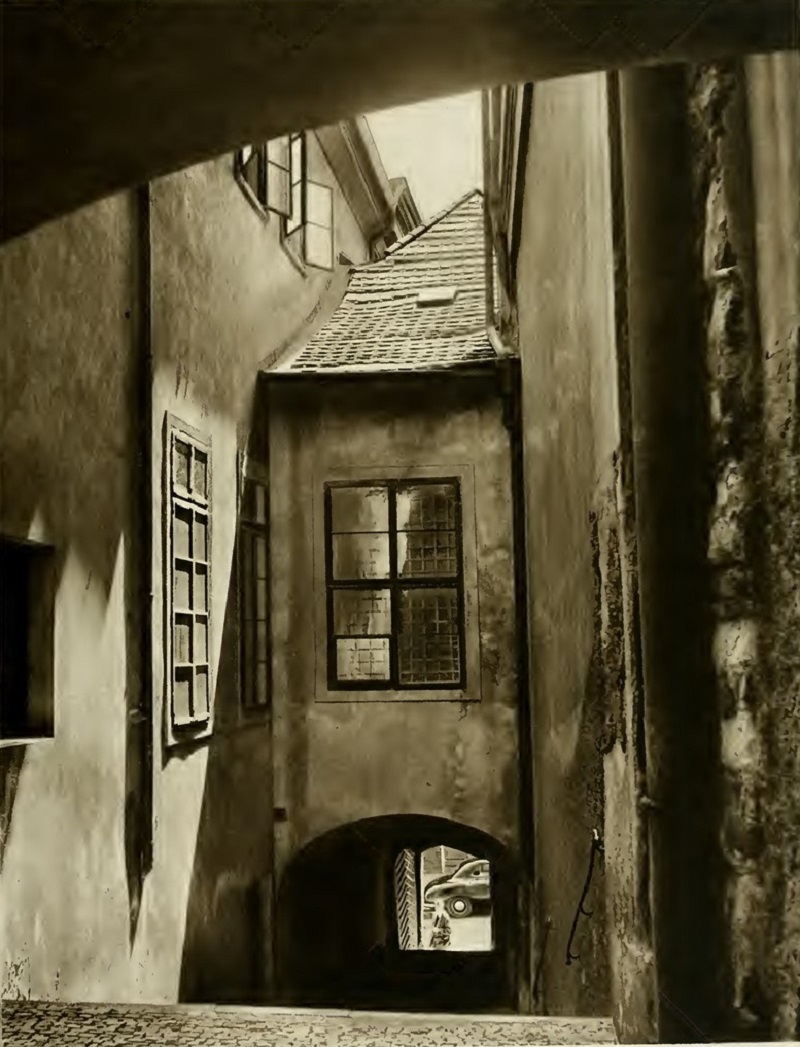
Look at more images of the Malá Strana, the Little Town by clicking here.
8. This arcade in the Little Town, not far from Wallenstein Square, has not lost the charm of bygone days. It is only that the sound of the footsteps of workaday life has today taken the place of the clinking spurs of splendidly accoutred knights.
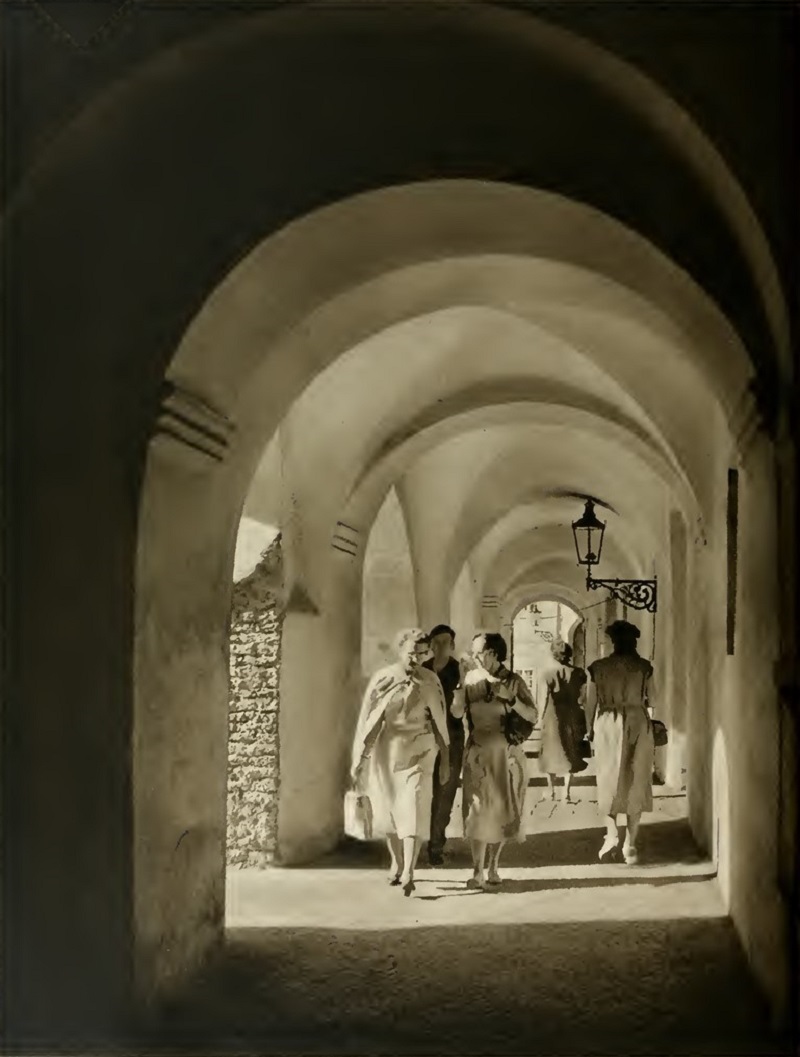
Look at more images of the Mala Strana, the Little Town by clicking here.
9. Through the arcades in front of the time-honored Týn Church rings the sound of children’s laughter, awakening memories of eventful moments in Prague’s history, when in times of peace the Týn bells pealed in rejoicing, or sounded the alarm in moments of danger.
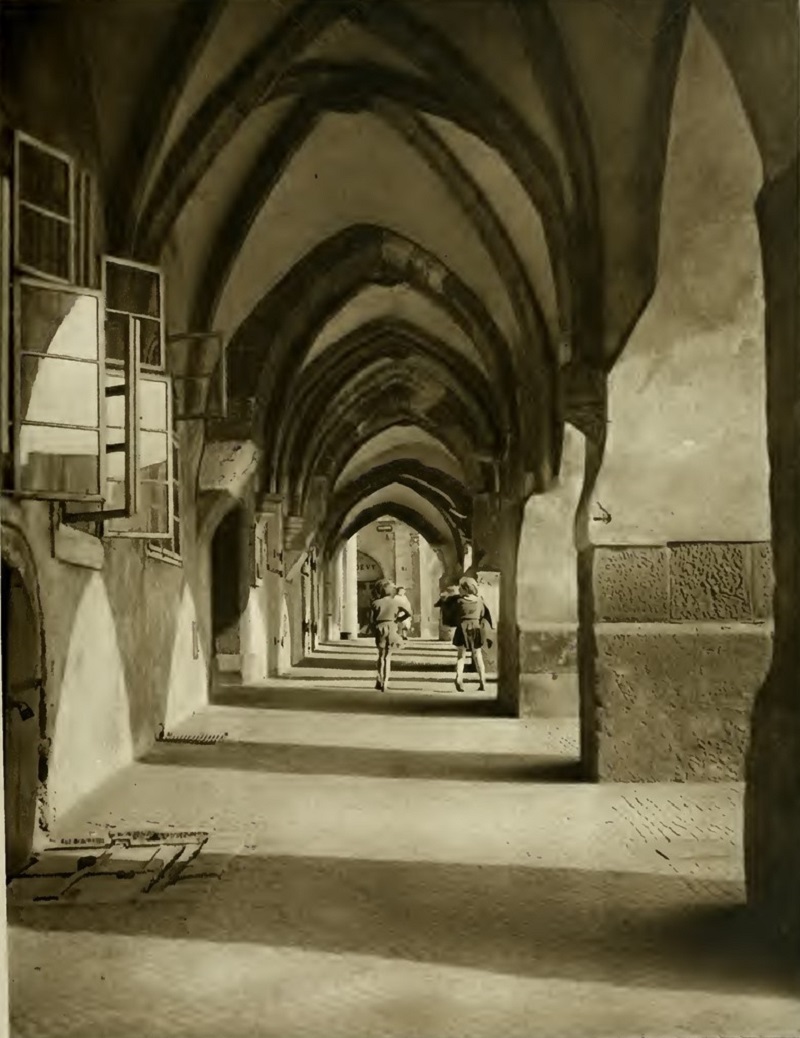
Look at more images of the Church of Our Lady before Týn by clicking here.
10. The Golden Lane (Czech: Zlatá ulička) of the Castle is a memorial to the bustling days of Emperor Rudolf II, when artists and scientists from many lands made Prague a meeting place. A romantic aura of legends about the misguided struggles of the alchemists seems to hang over the cottages to this very day.
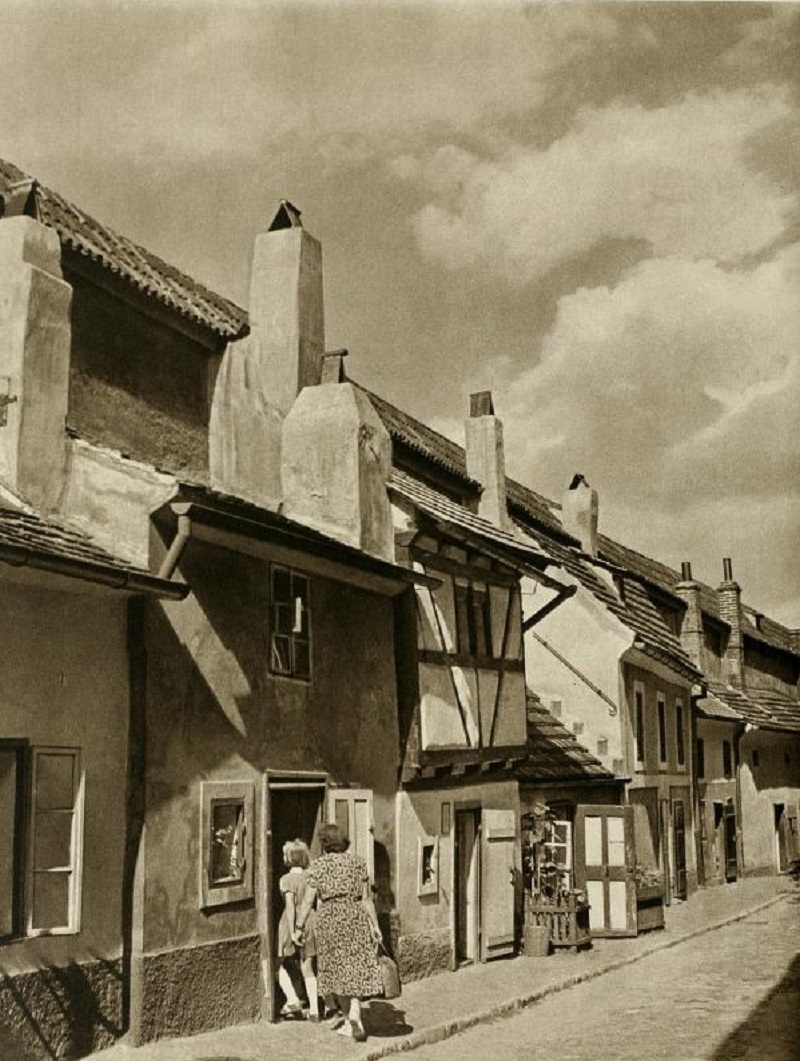
Look at more images of the Golden Lane by clicking here.
11. In contrast: the picturesque surroundings of Hradčany Square, where the old patrician houses with their characteristic portals and carefully placed windows bring to mind the harmonious unity of the Renaissance.
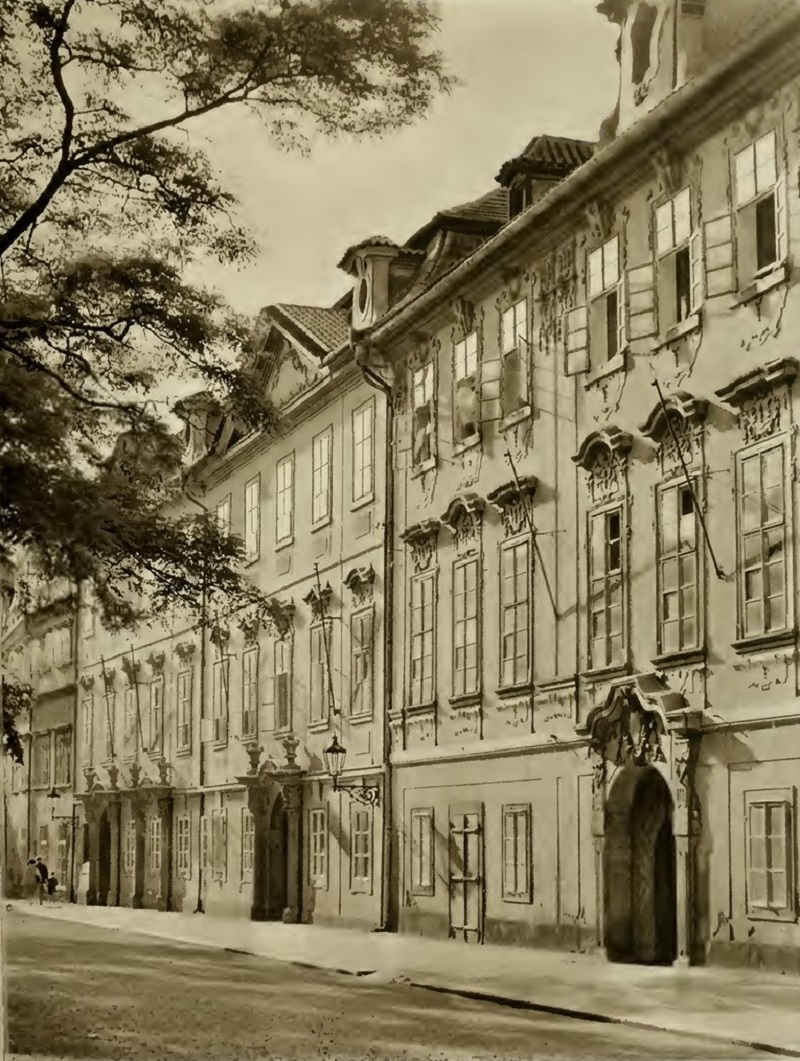
Look at more images of the Hradčany Square by clicking here.
12. Not far from the busy center of the modern metropolis— and yet here is the peacefulness of an age when quiet steps came to a contemplative halt before the Maltese Church of Our Lady, at the end of the bridge.
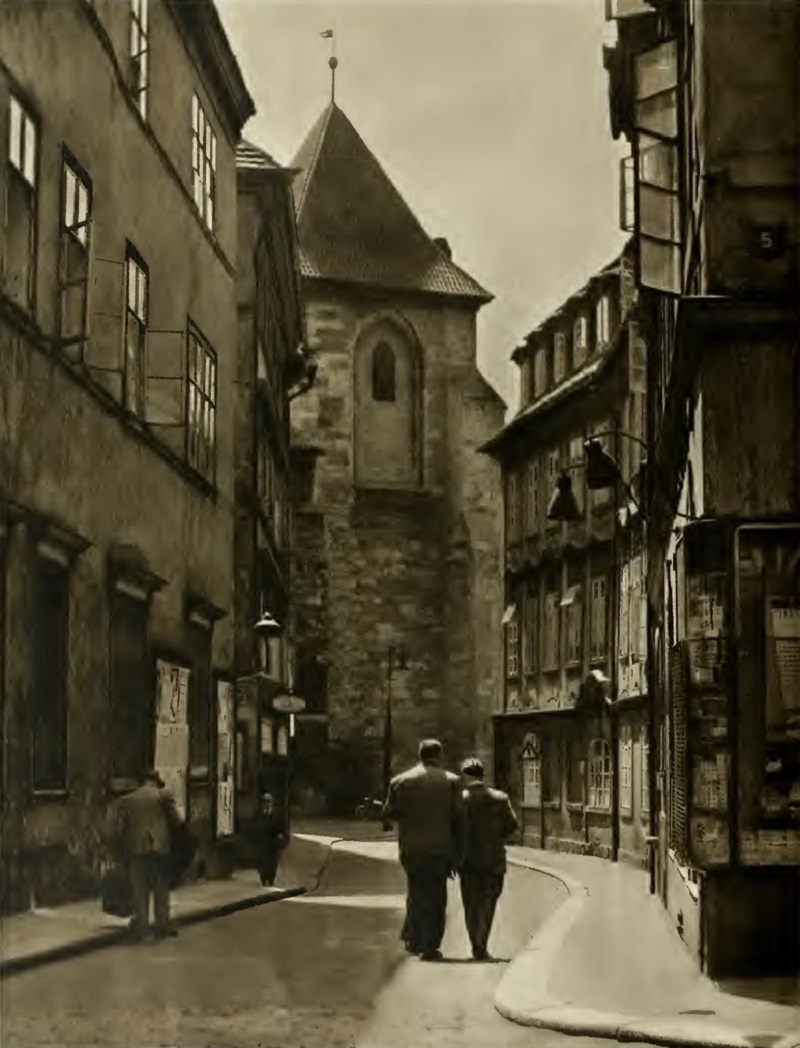
Look at more images of the Church of Our Lady Beneath the Chain (Kostel Panny Marie pod řetězem) by clicking here.
13. Like a creeper that gently covers the scars of an aging house, memories now weave themselves around the area of five churches square; from there one can climb up to the restaurant known as The Golden Well (U Zlaté studně) which commands one of the finest views in Prague.
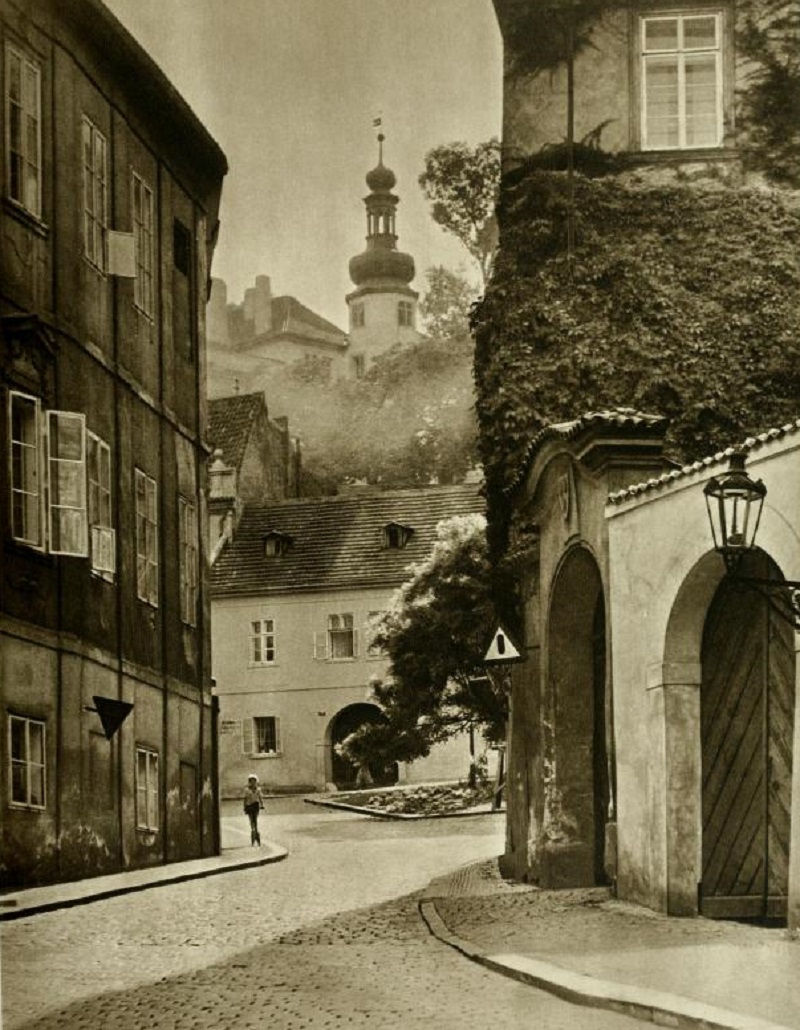
Look at more images of the Golden Well by clicking here.
14. This corner of the Ledeburg Garden, with its enchanting terraces, shows only a tiny portion of the treasury of old palace gardens in the area of the Little Town, where luxuriant vegetation often hides architectural gems and artistic achievements of the eighteenth century.
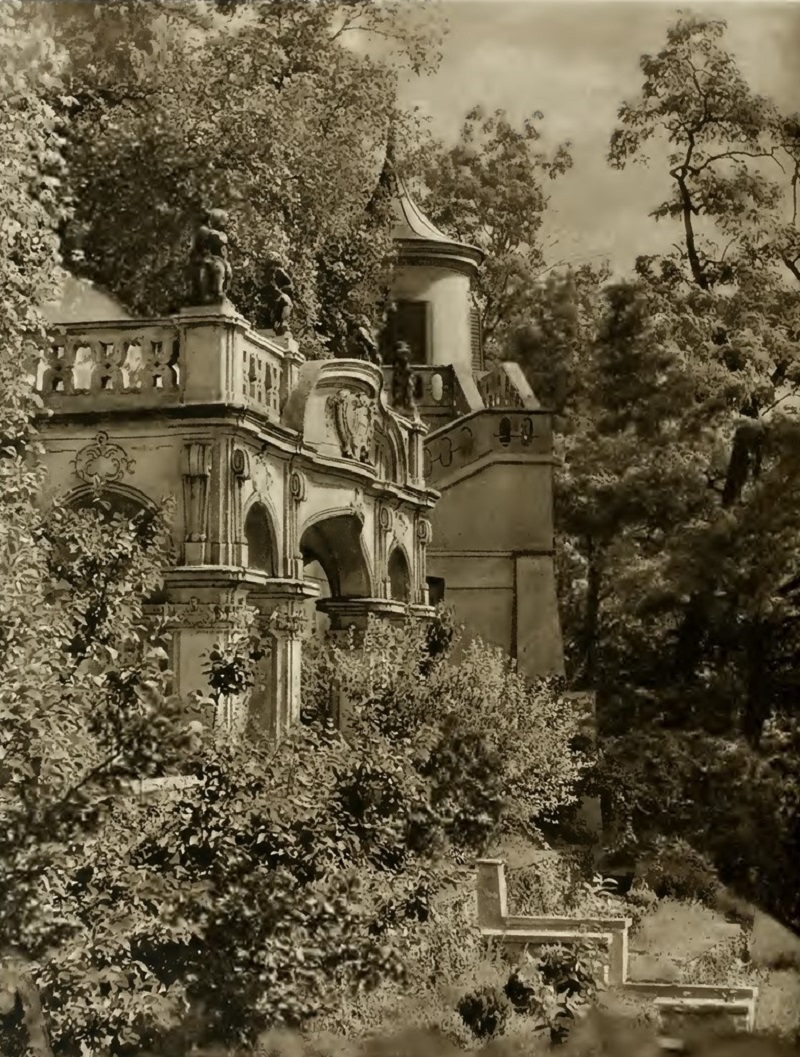
Look at more images of the Ledeburg Garden by clicking here.
15. The famous Baroque master, Matthias Braun, decorated the picturesque corners of the Vrtba Garden with monumental sculptures; to this day it is a favorite haunt of young people.
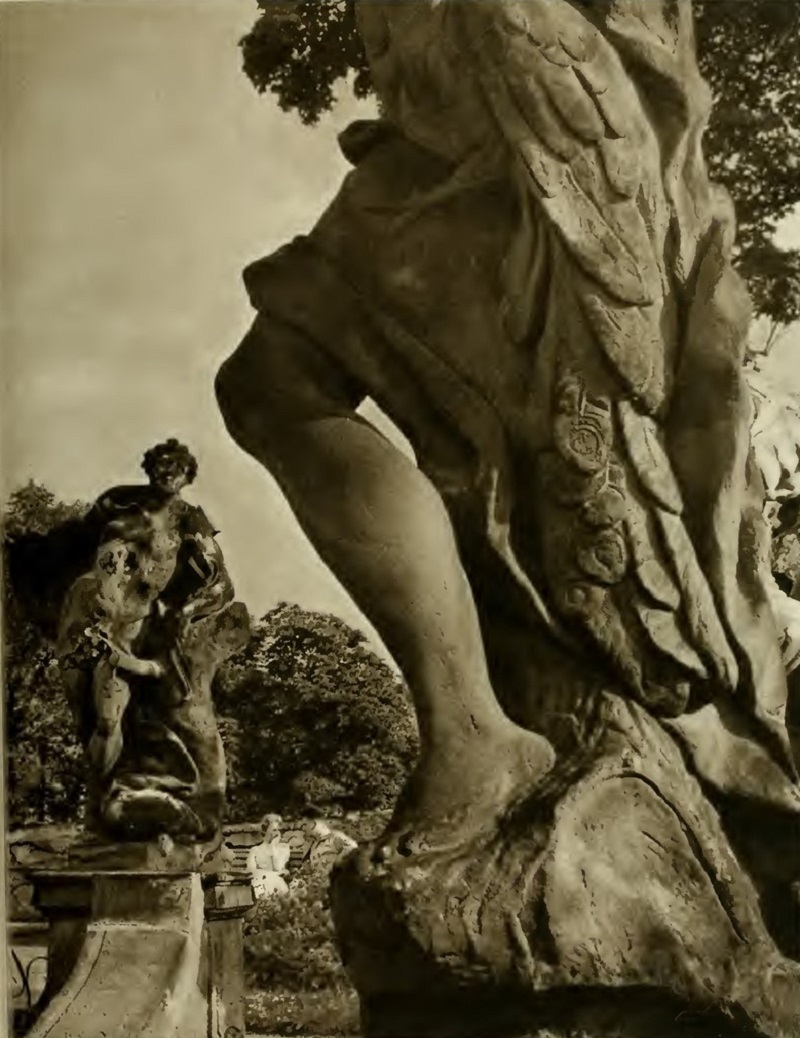
Look at more images of the Vrtba Garden by clicking here.
16. Even the entrances to the old Prague gardens have their own particular charm, suggesting sunny gates opening on to a paradise of flowers, where nature’s magic lightens the cares and worries of the outside world.
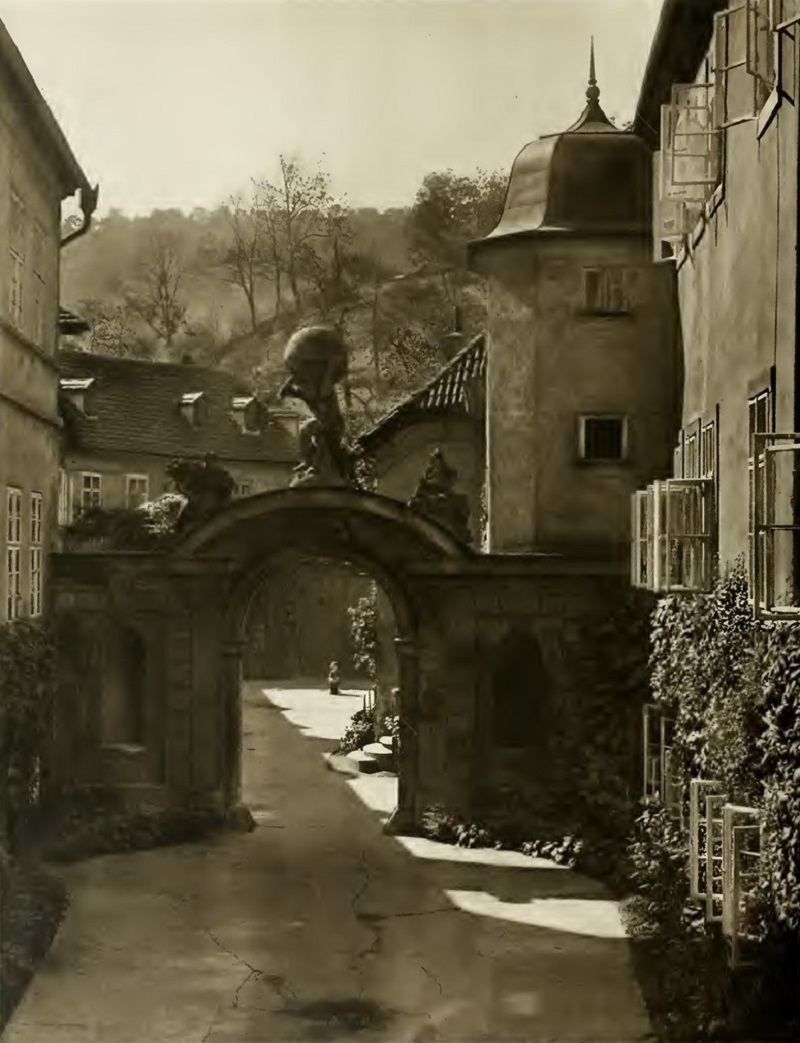
Look at more images of the Wallenstein Palace Gardens by clicking here.
17. The devil’s brook, lapping the ancient foundations of the Little Town houses, perpetually recreates romantic scenes from the past. The ancient mill-wheel alone is enough to give one the impression that time here has come to a stop.
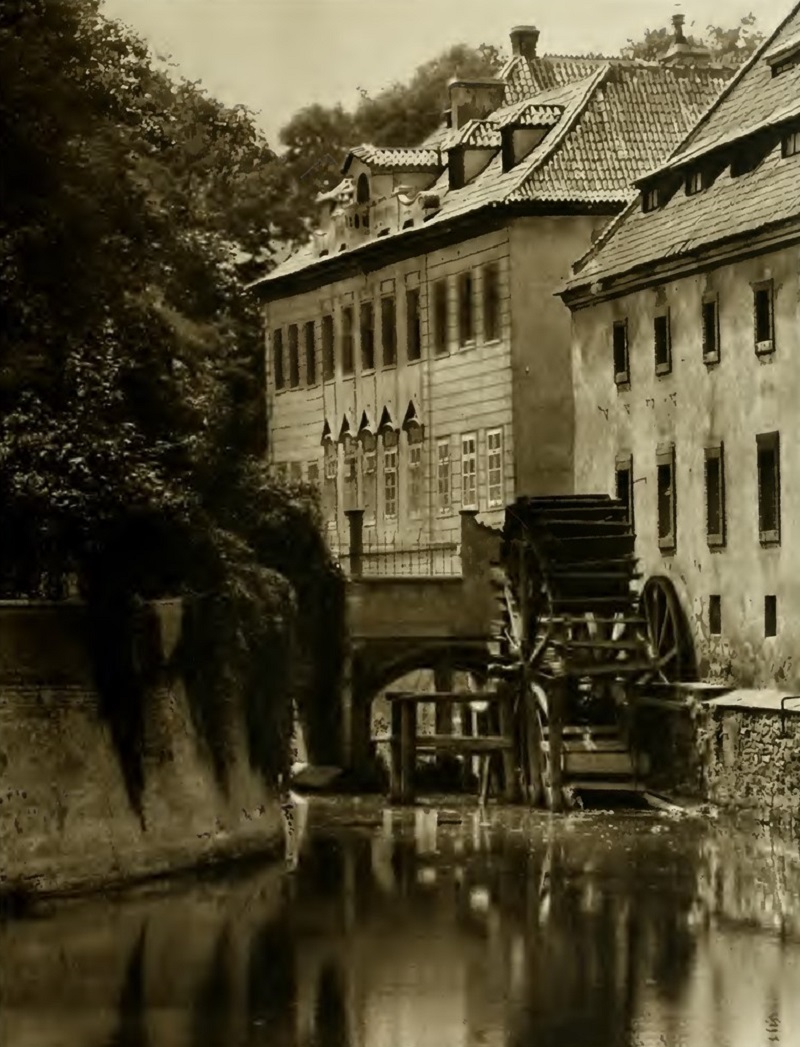
Look at more images of the Čertovka, or Devil’s Brook waterway of Prague by clicking here.
18. A step further and the Vltava is singing yet another verse of its eternal song of the irresistible passage of time; but the traveler pauses a while on the banks of Kampa Island, in order to savor to the full the magic of Prague’s oldest bridge, the Charles Bridge.
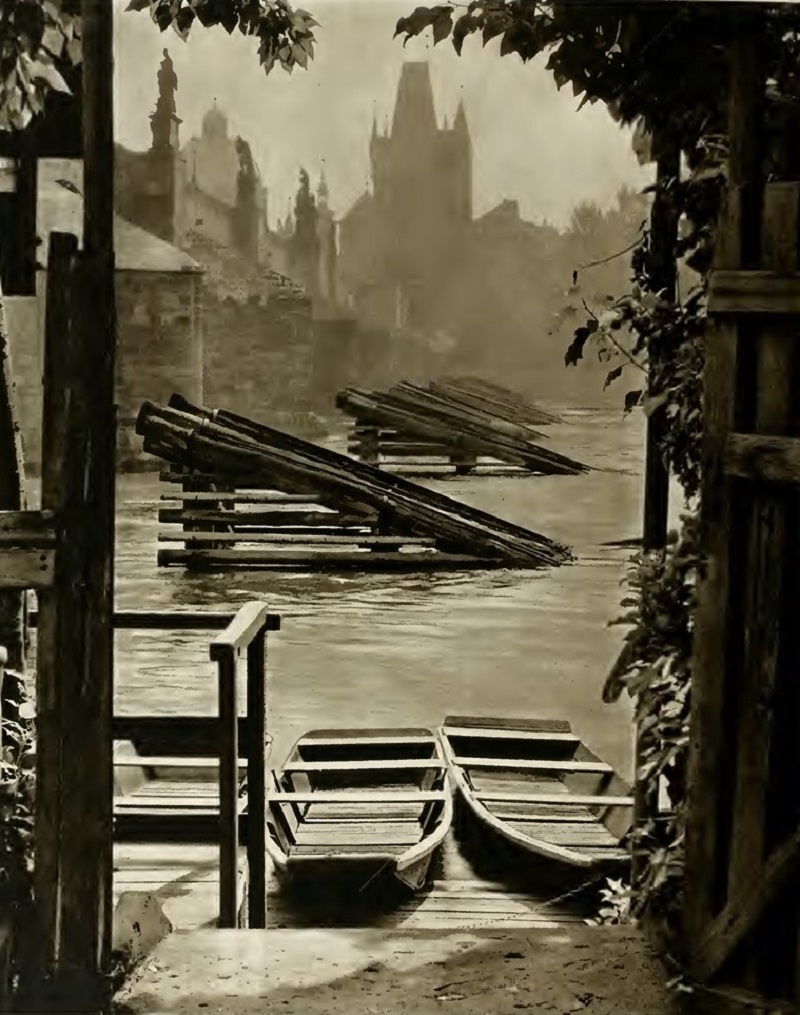
Look at more images of the Charles Bridge by clicking here.
19. A few steps on, and we see before us the most beautiful view of all, one that has charmed everyone who has ever set eyes on it— the panorama of the royal Hradčany Castle above the Vltava.
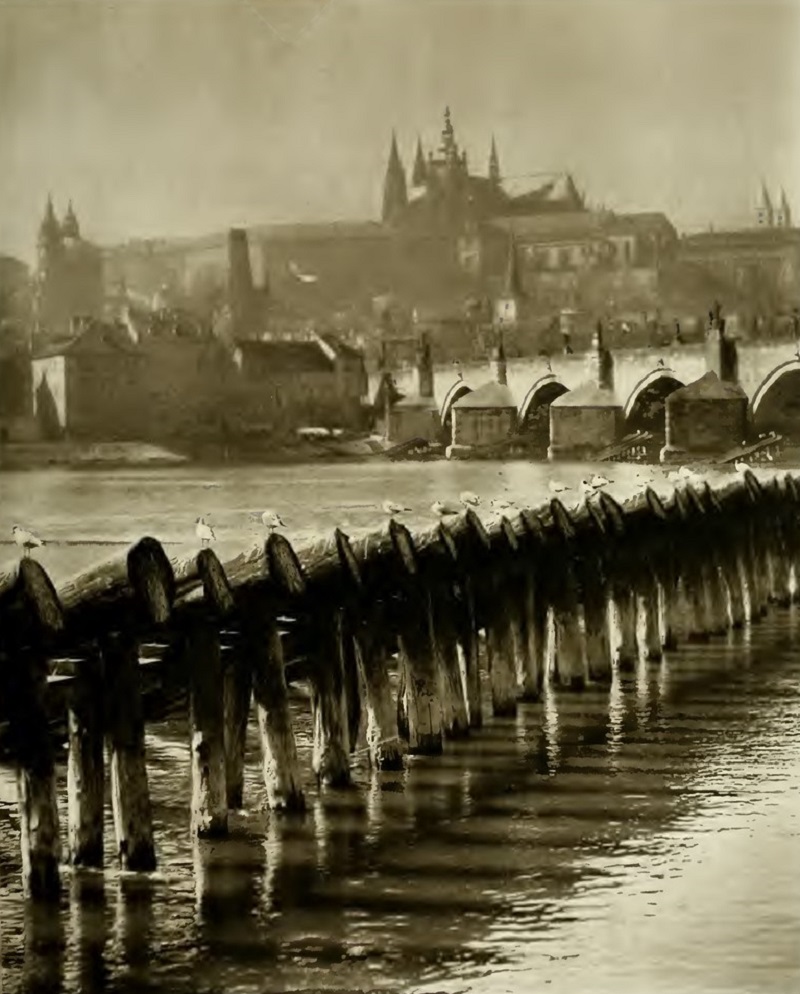
Look at more images of the Hradčany Castle above the Vltava by clicking here.
20. A walk across the medieval Charles Bridge is at the same time a review of Czech Baroque sculpture. In particular Matthias Braun and the two Brokoff’s created splendid expressive works at the beginning of the eighteenth century. A very popular place to take selfies and one of the most popular in the Face of Prague locations.
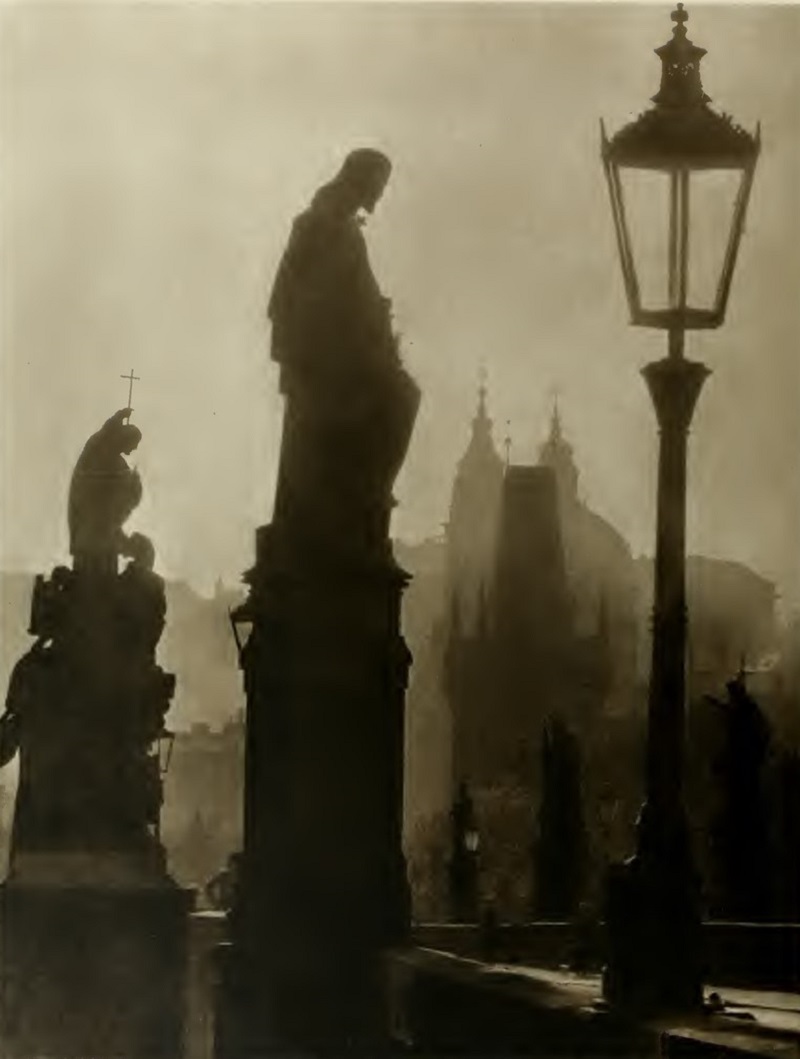
Look at more images of the Czech Baroque sculpture on the Charles Bridge by clicking here.
21. The all-conquering power of music would seem to have affected even the stones in front of the famous Rudolfinum— the House of Artists. At one time temporarily the seat of Parliament, the building has now been restored to its original function. Sheltered beneath the protecting silhouette of the Hradčany, the Prague Spring International Music Festivals now ring forth there with a symphony of sound in praise of beauty and peace.
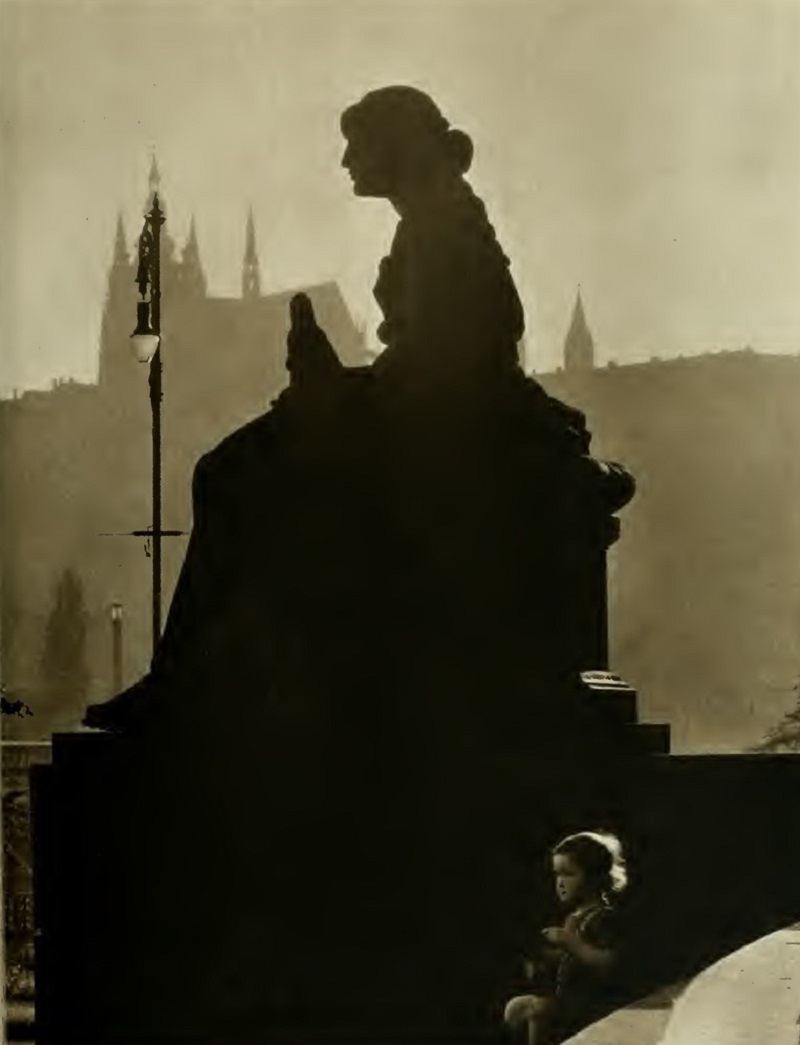
Look at more images of the Rudolfinum— the House of Artists by clicking here.
22. It is not far from the Little Town to Prague Old Town, and the real heart of the city. Dim secluded stairways to-day lead one to the various art treasures now in the safe-keeping of the museums.
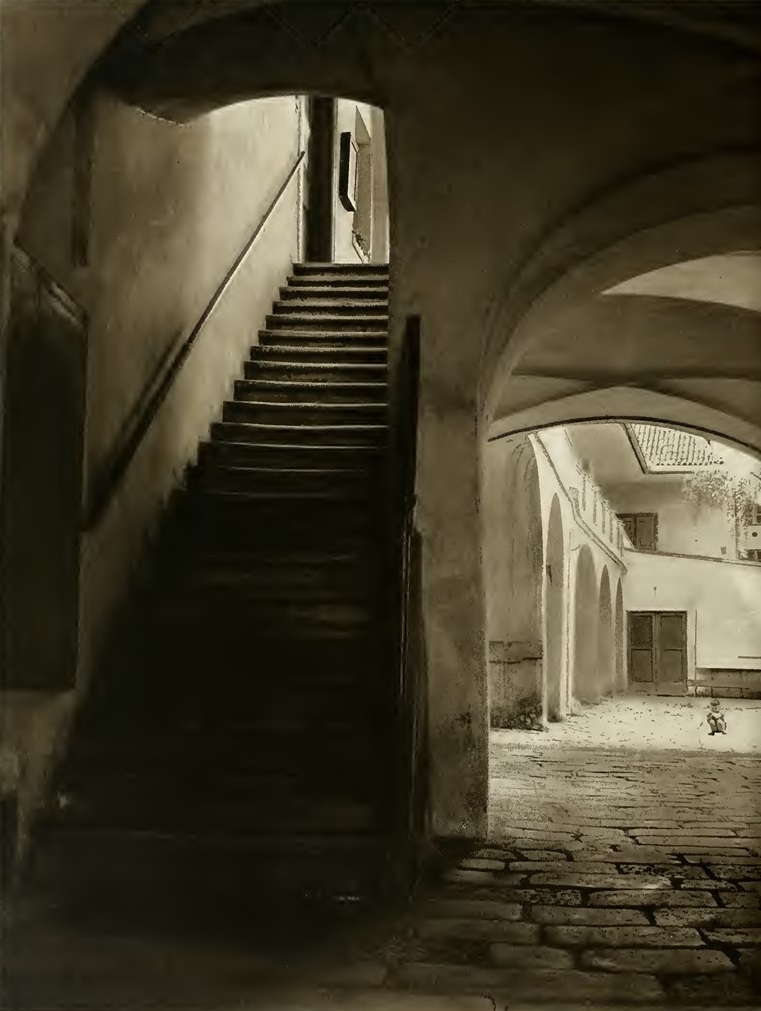
Look at more images of the Prague Old Town by clicking here.
23. Before the Old Town Hall, proud witness of the saddest and most glorious moments of the Czech nation, the ages— the most ancient, the recent past, and the modern era of today— seem to meet as at a crossroads.
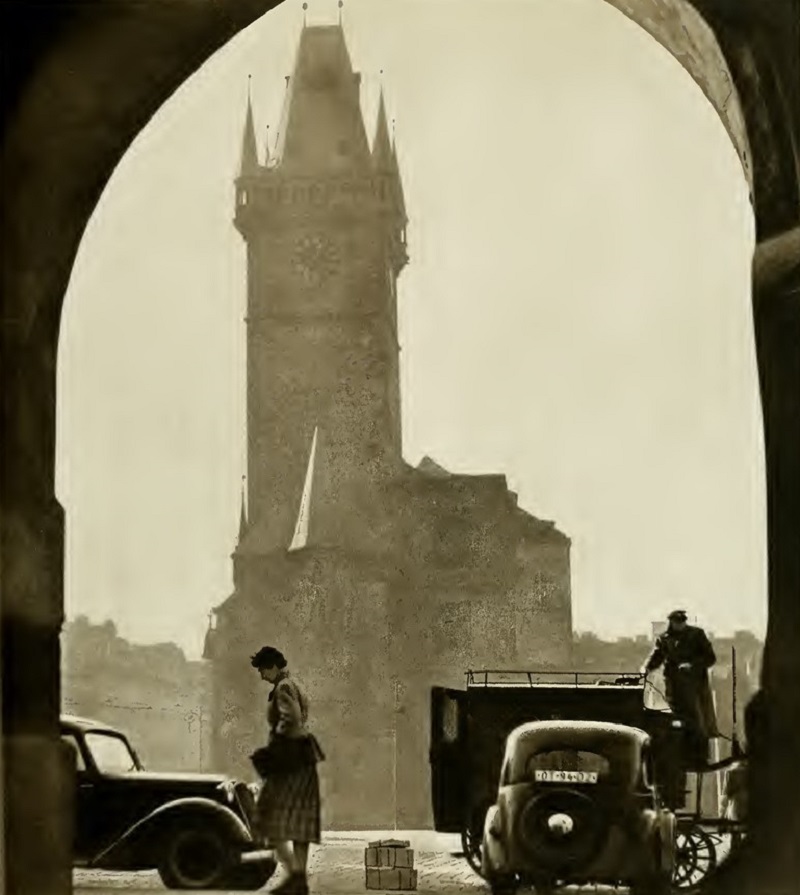
Look at more images of the Old Town Hall by clicking here.
24. From the Old Town Hall there is a picturesque view of The Týn Church, dating from the fourteenth and fifteenth centuries; many times immortalized, not only on painter’s canvasses but also in the glorious annals of the Hussite period of Prague’s history.
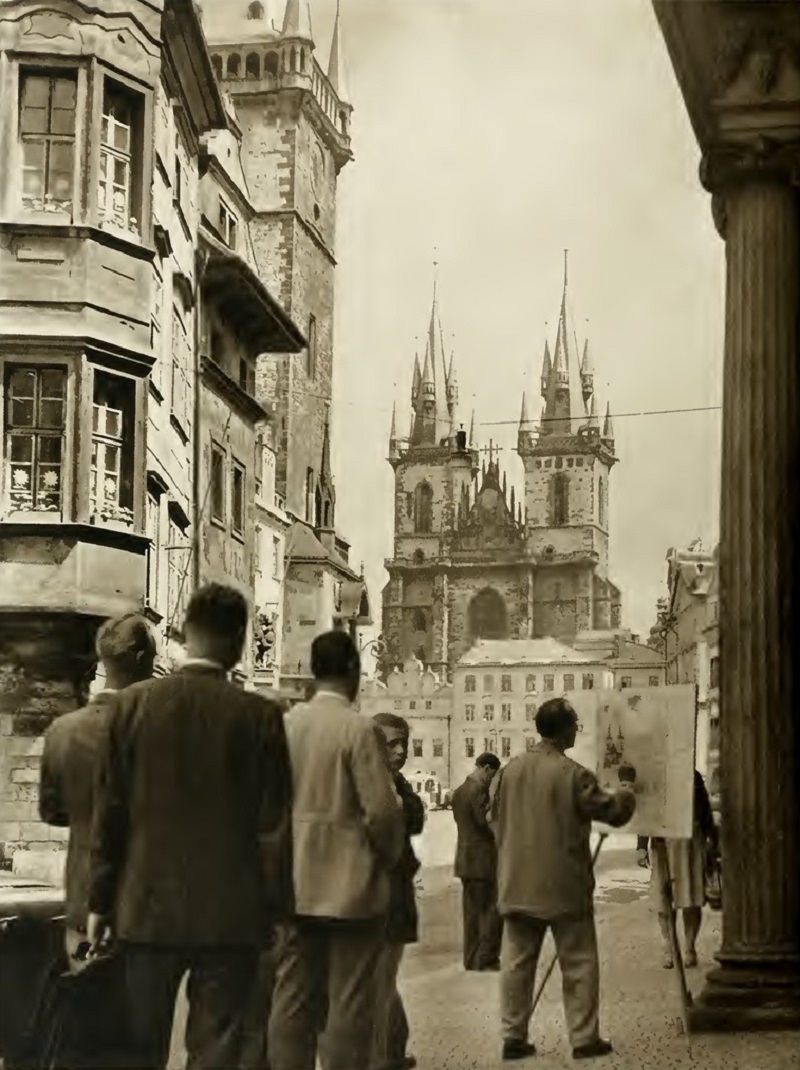
Look at more images of the Church of Our Lady before Týn by clicking here.
25. In many parts of Prague we still come across the remains of old fortifications dating from the period when Prague was originally a walled town. In Carmelite (Karmelitská) Street, in the Little Town (Malá Strana), there is a tiny ornamental house crouched between more modern buildings, built over the ruins of what was formerly one of Prague’s oldest gates.
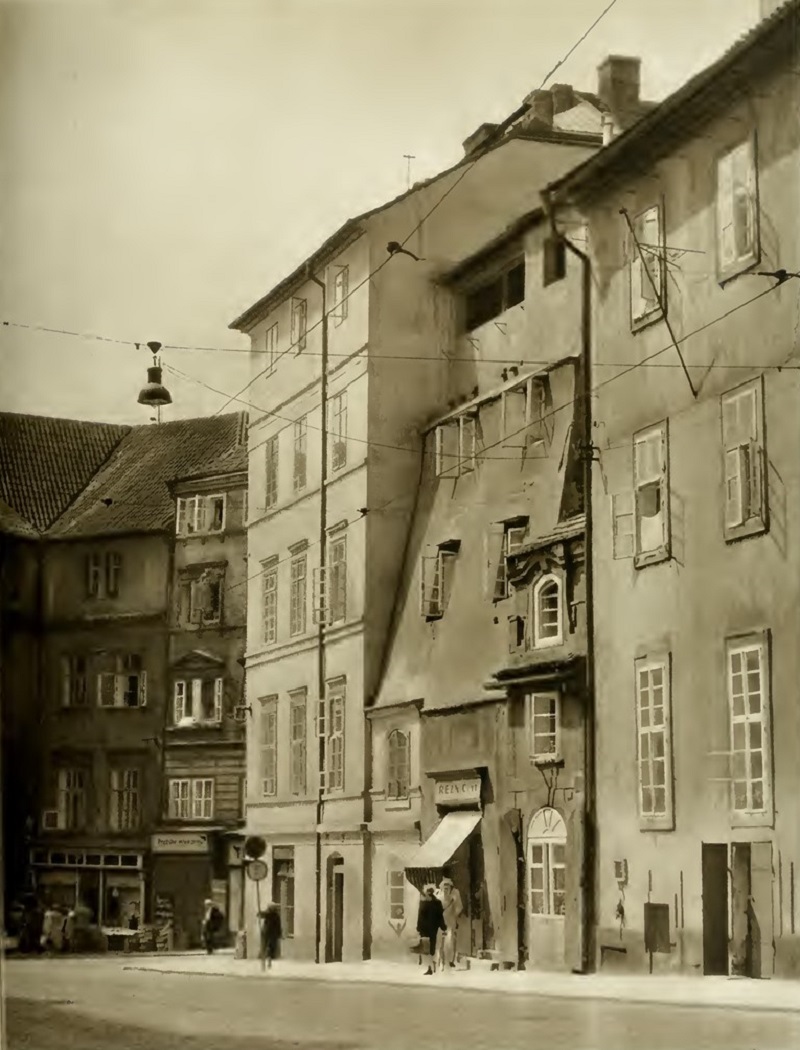
Look at more images of Karmelitská Street, in the Little Town (Malá Strana) by clicking here.
26. An inseparable part of the Hradčany panorama, dominating the whole Little Town, is the mighty Church of St. Nicolas, a superb work of art by Kilian Ignac Dientzenhofer — a real gem of Czech Baroque architecture and a popular face of Prague.
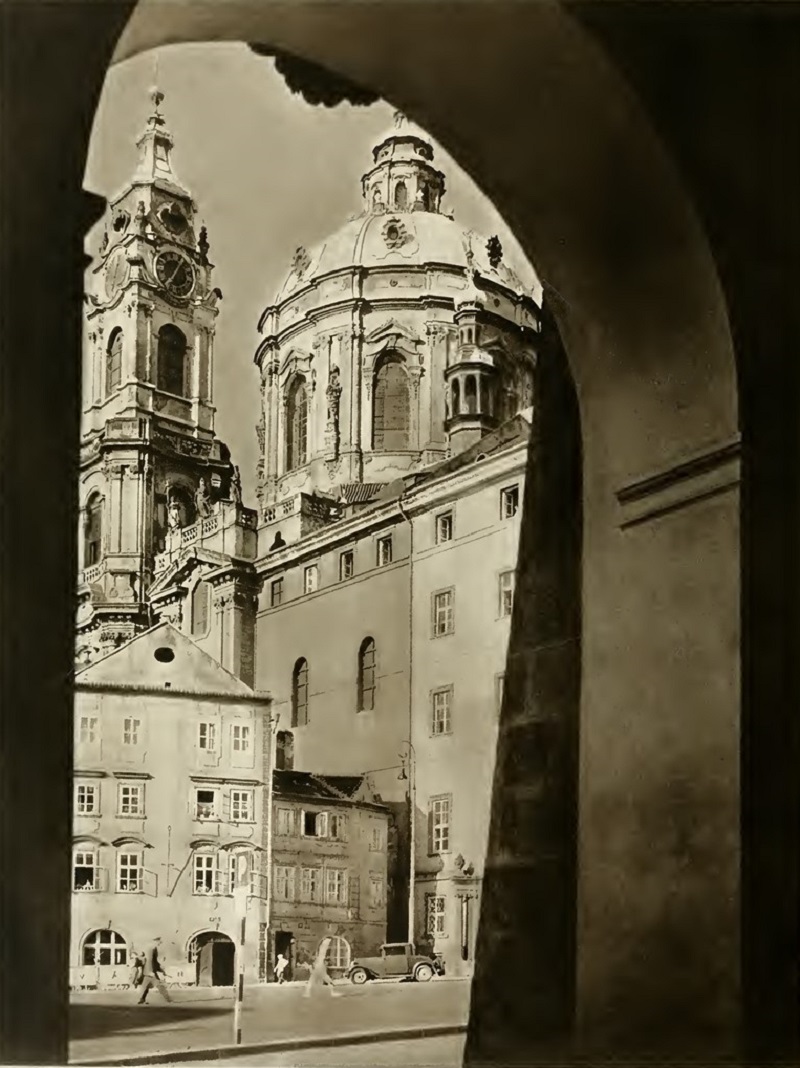
Look at more images of the Church of St. Nicolas by clicking here.
27. An ornamental sculpture on the outer wall of St. Nicolas’s Church. In the background is St. Vitus’s Cathedral in Prague Castle, where the remains of the Czech kings lie buried.
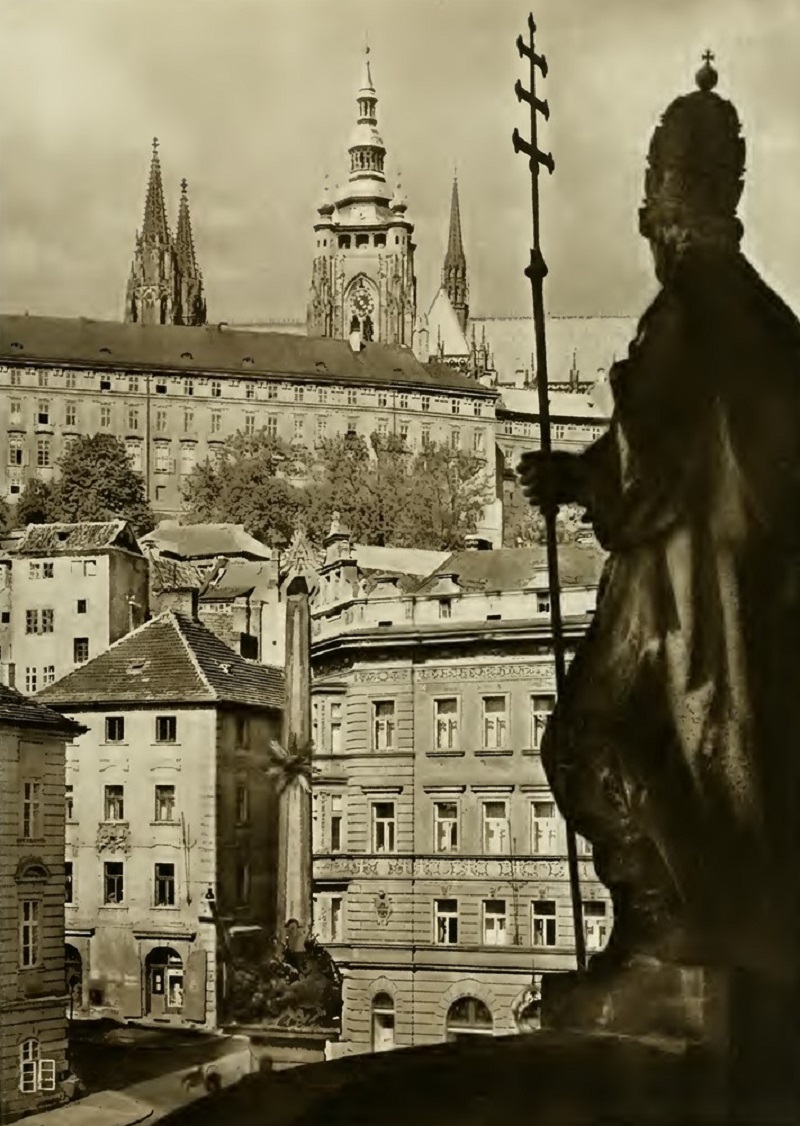
Look at more images of the view from St. Nicolas Church by clicking here.
28. The rich interwoven stone tracery encircling the tower of St. Vitus’s Cathedral is a striking example of superb Gothic ornamentation and one of the unforgettable sights of the Face of Prague.
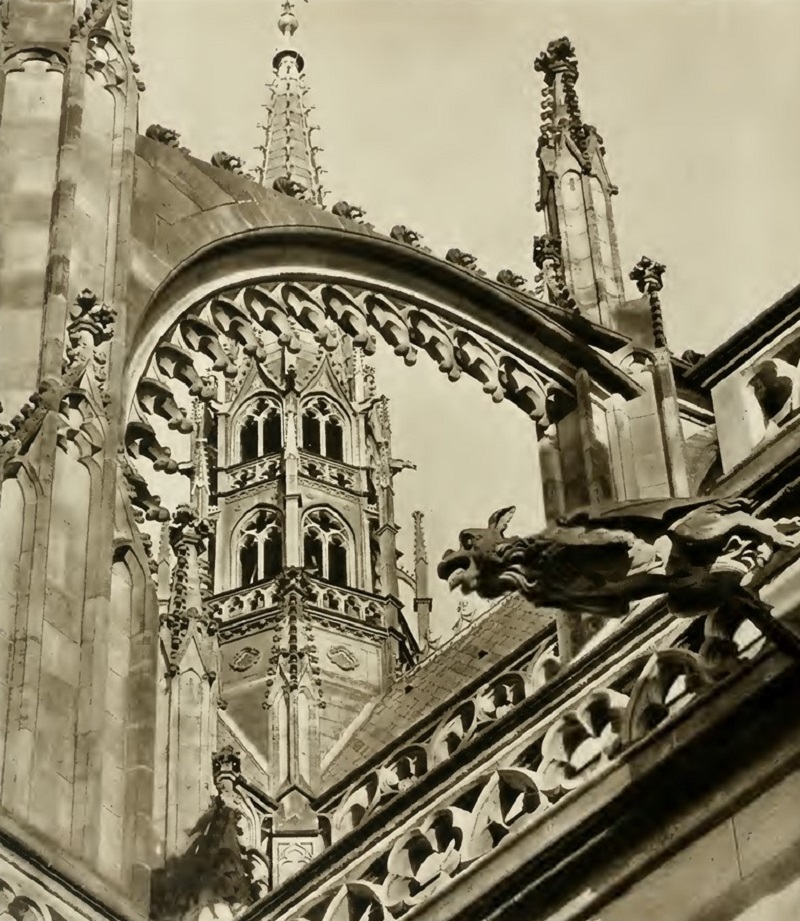
Look at more images of the St. Vitus Cathedral by clicking here.
29. Not far away, just below the Castle, even the later masters of such crafts did not spare their imagination when ornamenting the open spaces of the Old Town, as we see from the decorations on the Renaissance Fountain in “The Little Rhine”.
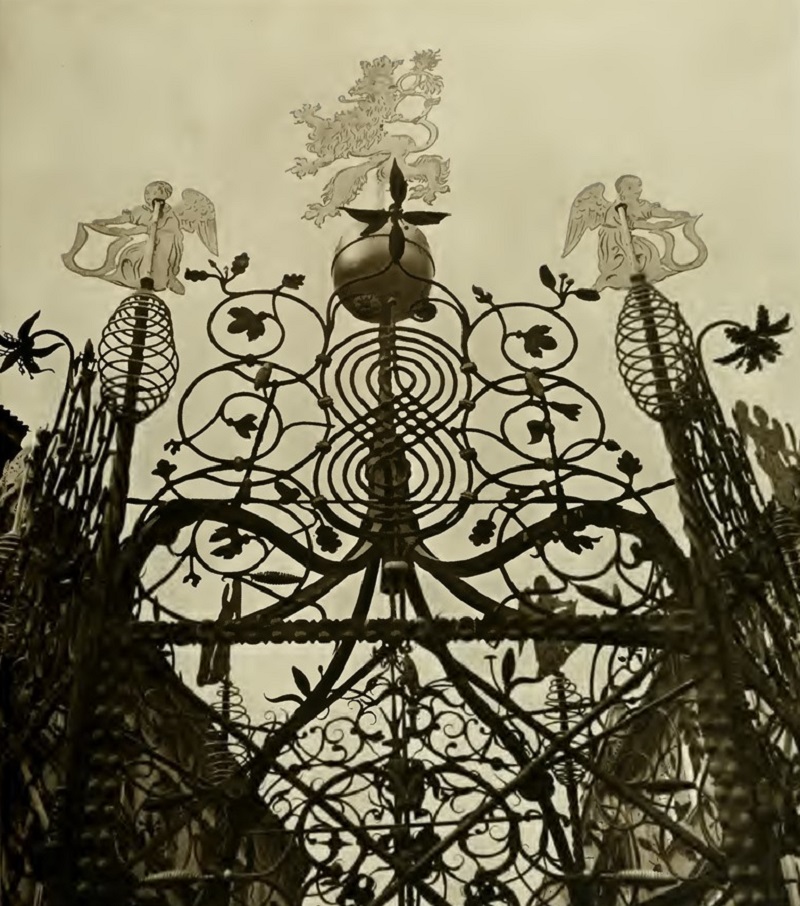
Look at more images of the Renaissance Fountain by clicking here.
30. Today, as they were a hundred years ago, the windows of the dwellings in the Little Town opened wide on the quaint squares and alleyways. For the pleasure of the public, some former owner decorated the portals and cornices with sculptural decoration that is a delight to the eye.
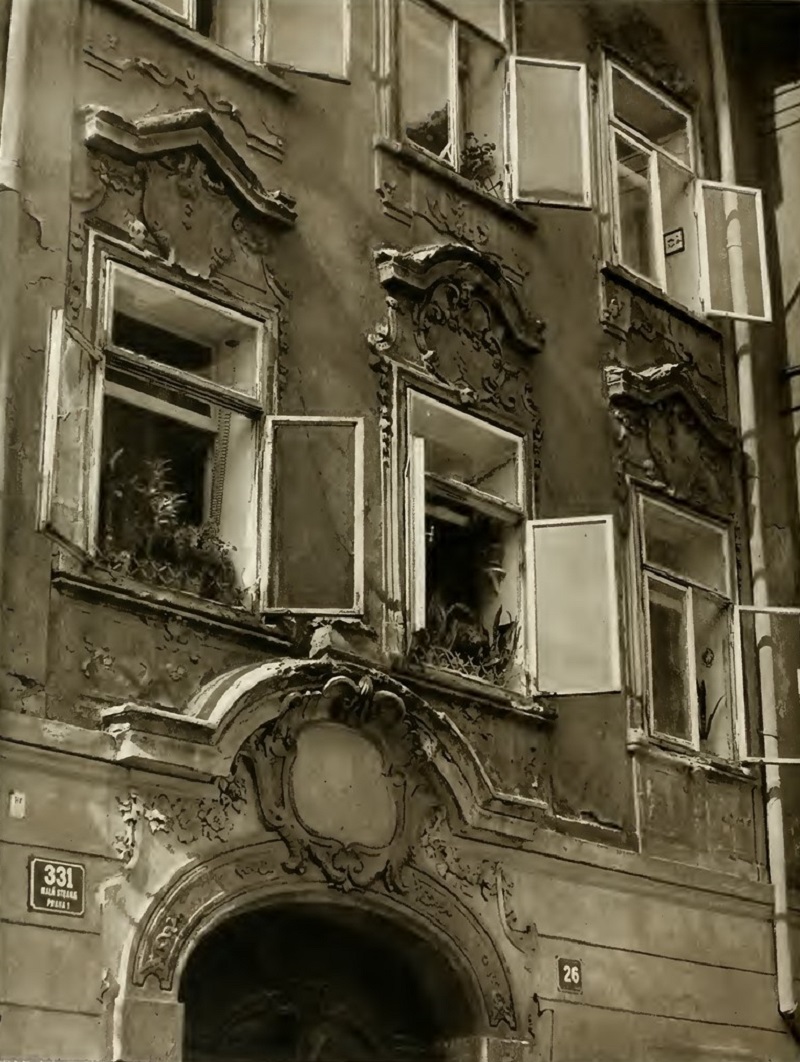
Look at more images of the House façade at Vlašská 26, Malá Strana, Prague by clicking here.
31. The wealth of forms and the fantasy of the Baroque style gave burghers plenty of scope in decorating their gables with the individual charm of their personal emblems.
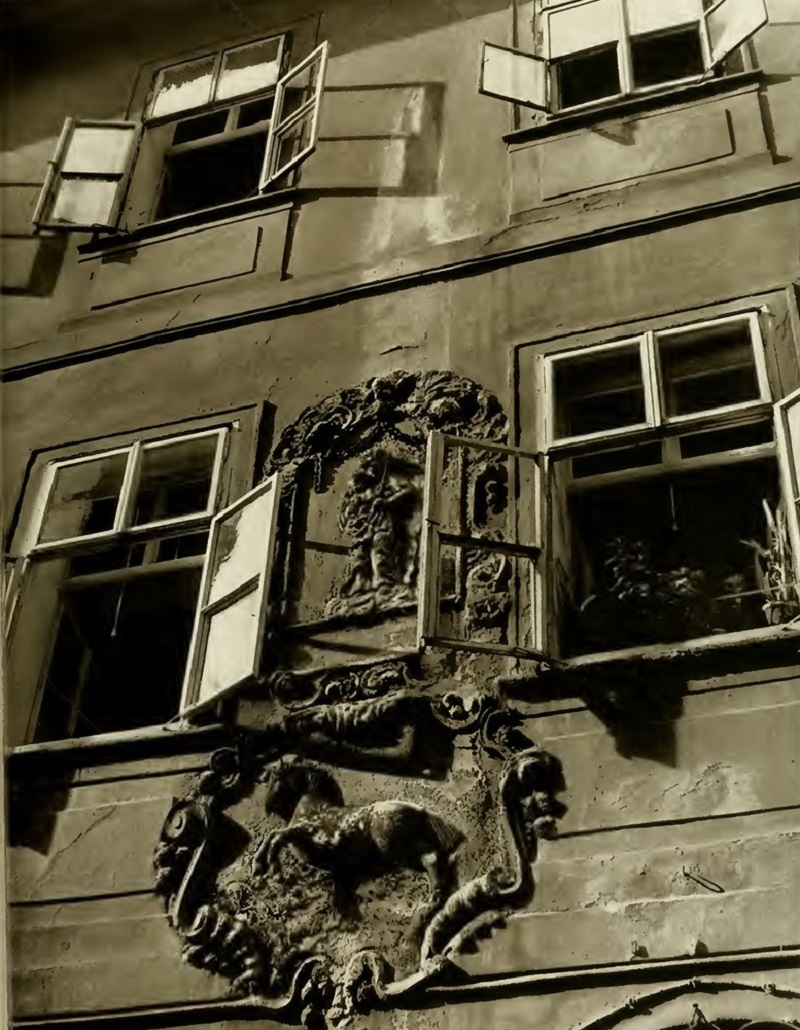
Look at more images of the Prokopska 10 – U cerneho konicka by clicking here.
32. In contrast, as though shutting itself off strictly from all secular life and wishing to emphasize its power by making a grand impression, the Church thrust up the cold masonry of its church towers to ever greater heights. To this day the oldest bell in Prague rings from the tower of the Dominican Church of St. Giles in Huss Street.
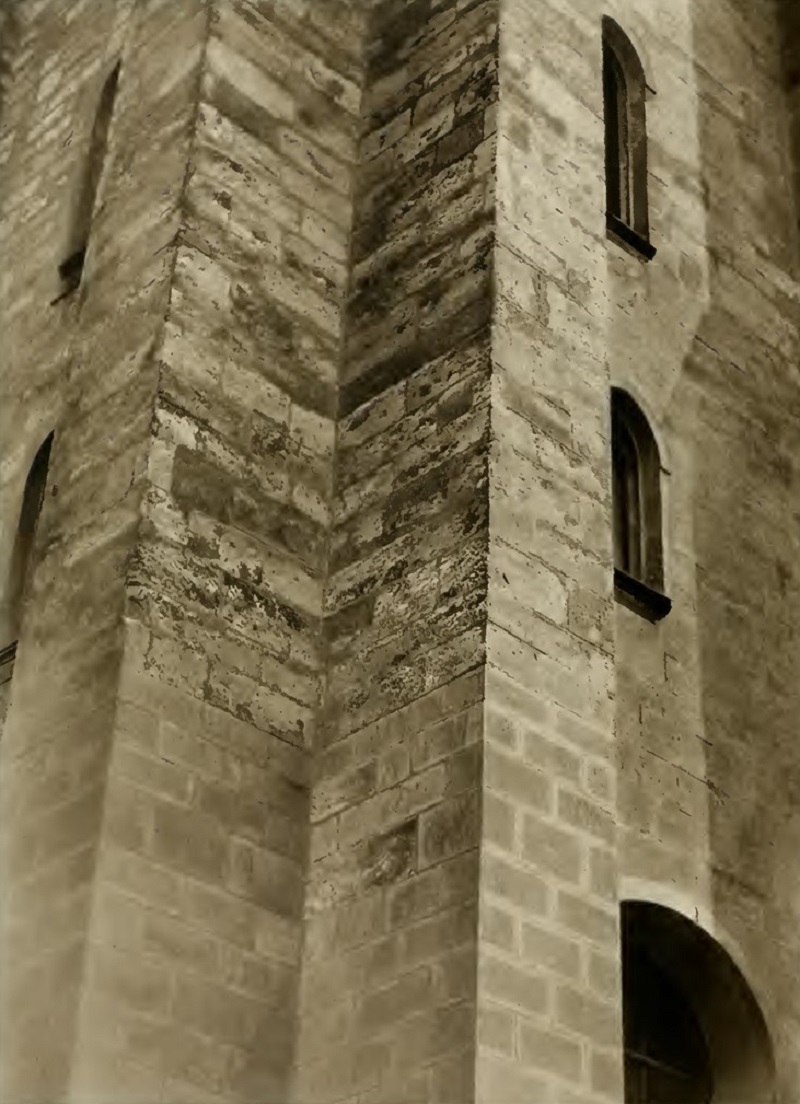
Look at more images of the The Church of Saint Giles (Kostel svatého Jiljí in Czech) by clicking here.
33. The nobility, though professing support for the ideals of the Renaissance during the sixteenth century, likewise shut themselves off from the common life of the world by building luxurious palaces, the Schwarzenberg Palace, standing on the ramp of Hradčany Castle, dates from this time; it is richly ornamented in graffito.
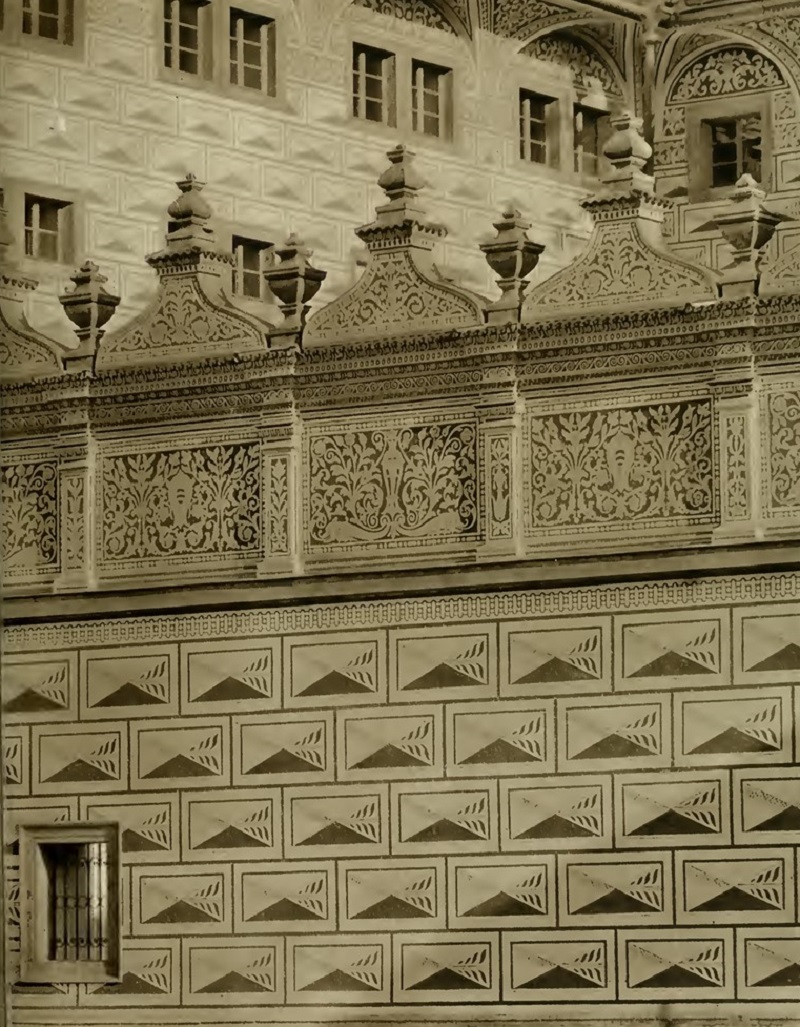
Look at more images of the Schwarzenberg Palace by clicking here.
34. The stairways, so typical of the old quarter of the town, often lead the traveler out of the close labyrinth of alley-ways to unexpected vantage points. One of the most romantic ways of reaching Prague Castle is to walk up the castle steps from Thun Street.
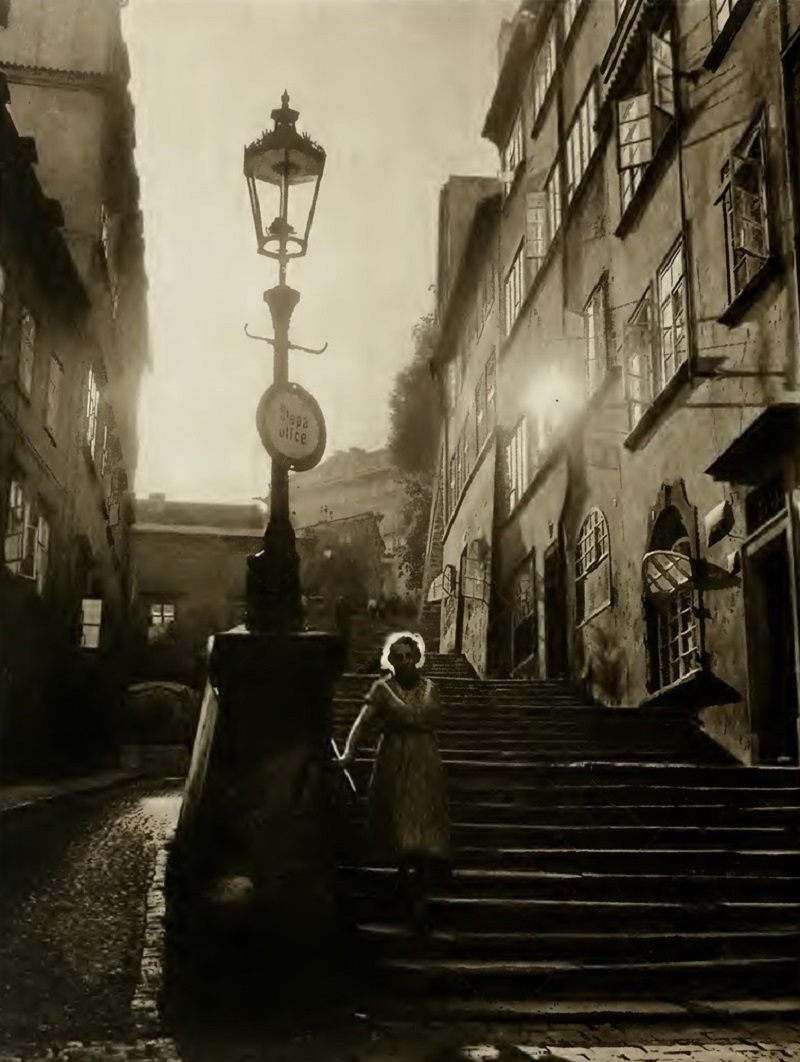
Look at more images of the Prague Castle Steps (all 825 of them) by clicking here.
35. Like a curious child, a ray of sunlight for a moment penetrates the dimness of Saská Street behind the Charles Bridge, as if to convince itself that life has not altogether disappeared from the oldest districts.
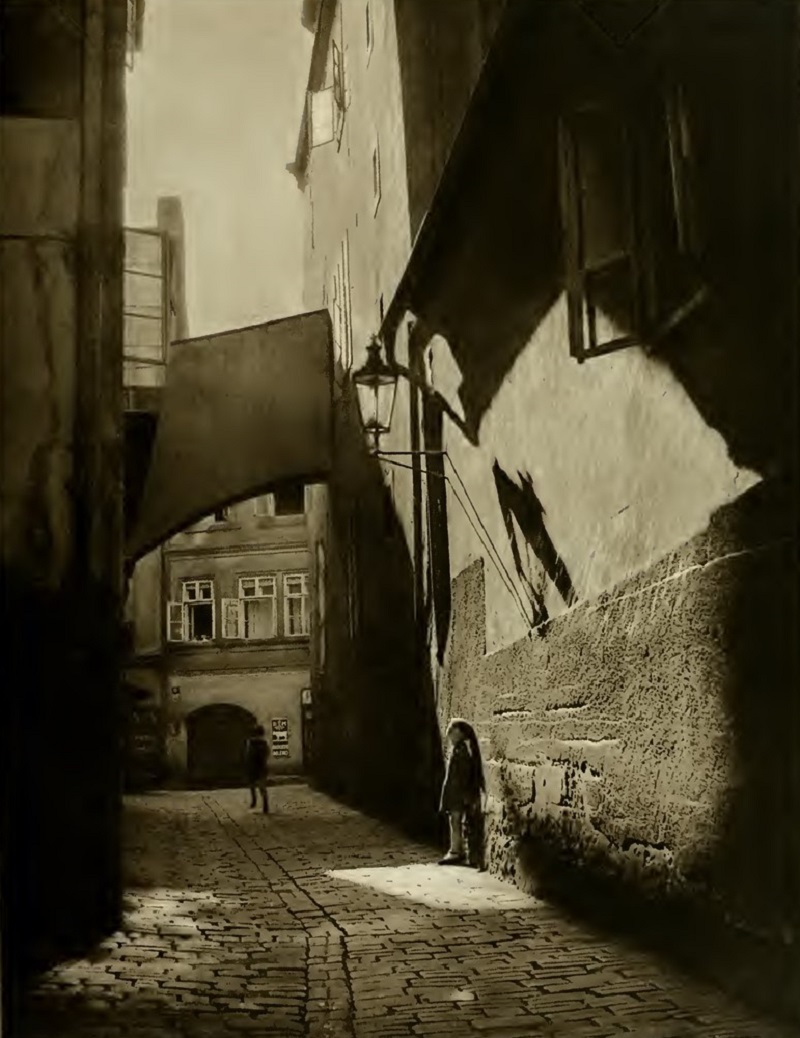
36. From the space in front of the outer courtyard of Prague Castle we are offered an enchanting view of the old tiled roofs of Little Town in the foggy haze of dawn, or under the golden veil of twilight.
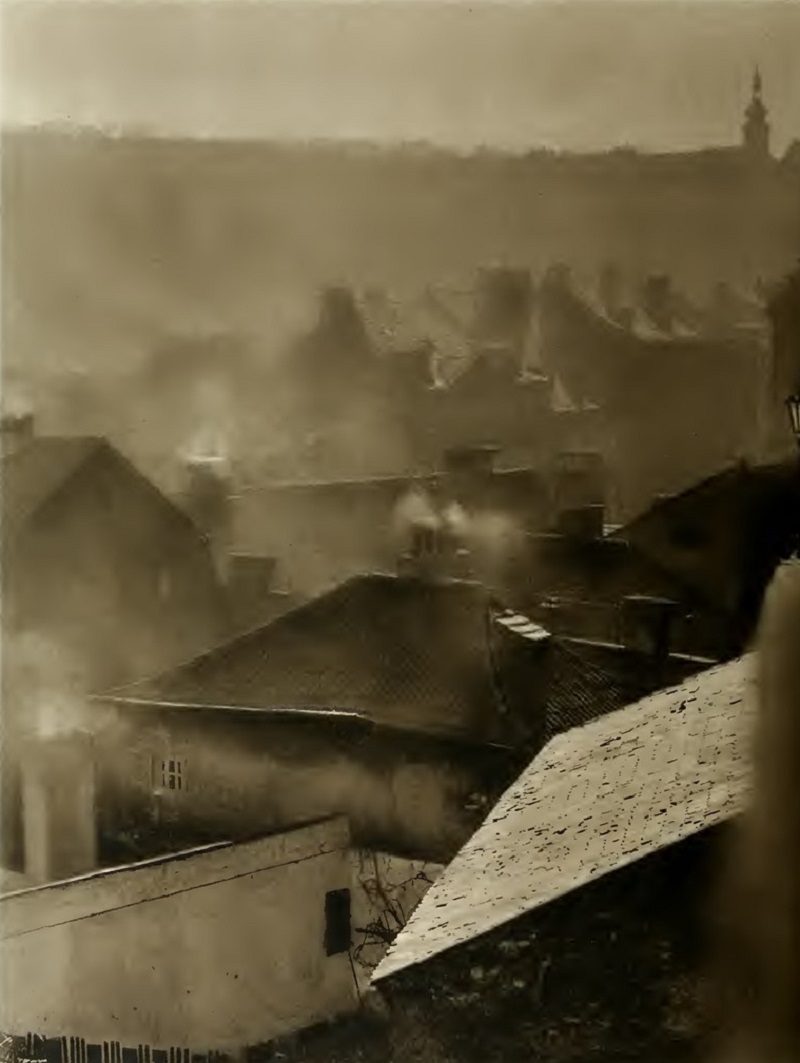
Look at more images of the view from Prague Castle by clicking here.
37. From the church of Church of Our Lady beneath the Chain we look out on to historic Maltese Square and the Baroque statue of St. John the Baptist, which once formed the center of a fountain.
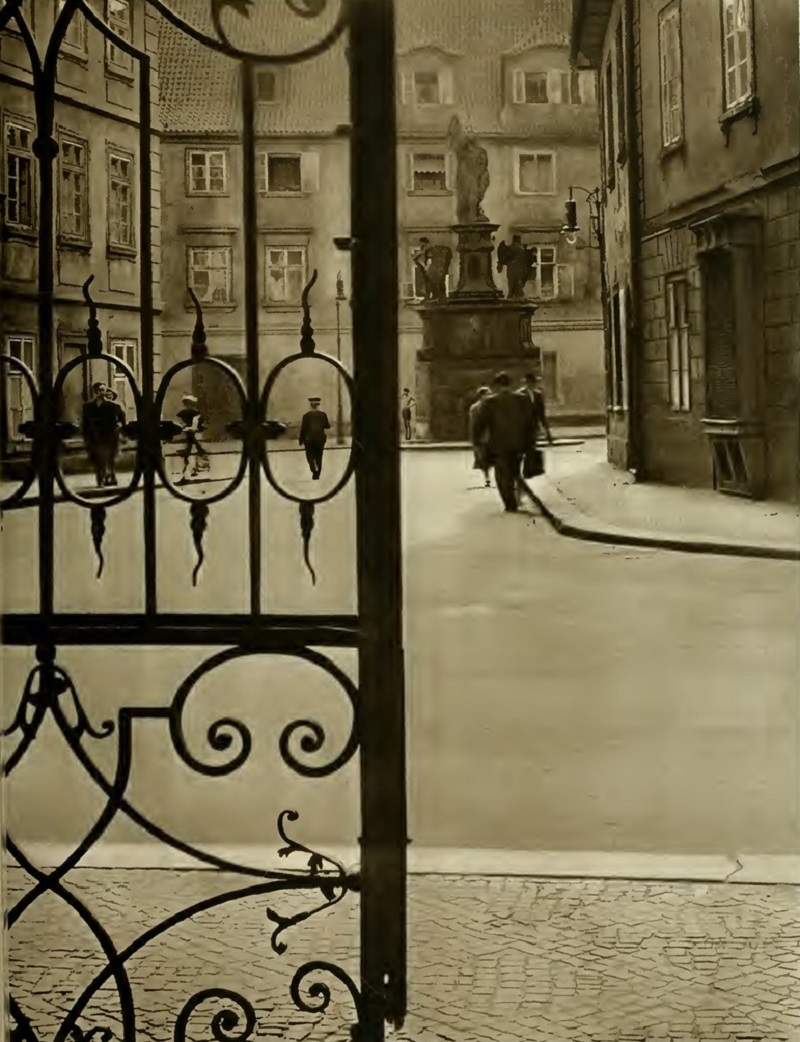
Look at more images of the Maltézské náměstí by clicking here.
38. Not even the harsh critical glare of artificial light can disturb the centuries-old beauty of the little town bridge towers. On the contrary, against the pitch dark of the night these architectural gems of former centuries are more impressive than ever.
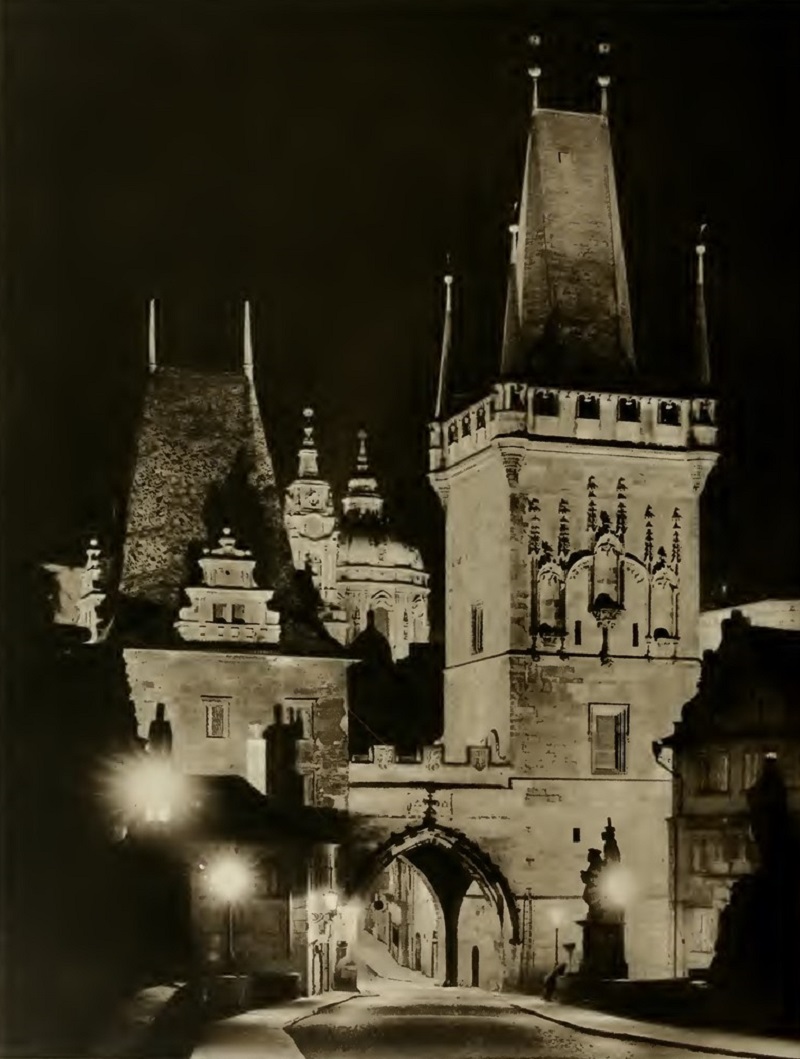
Look at more images of the Charles Bridge Towers on the Mala Strana side at night by clicking here.
39. The Black Tower, a rare Romanesque relic, dates from the first stone fortification of Prague Castle in the twelfth century, and has preserved its charm in spite of the destruction caused by several fires.
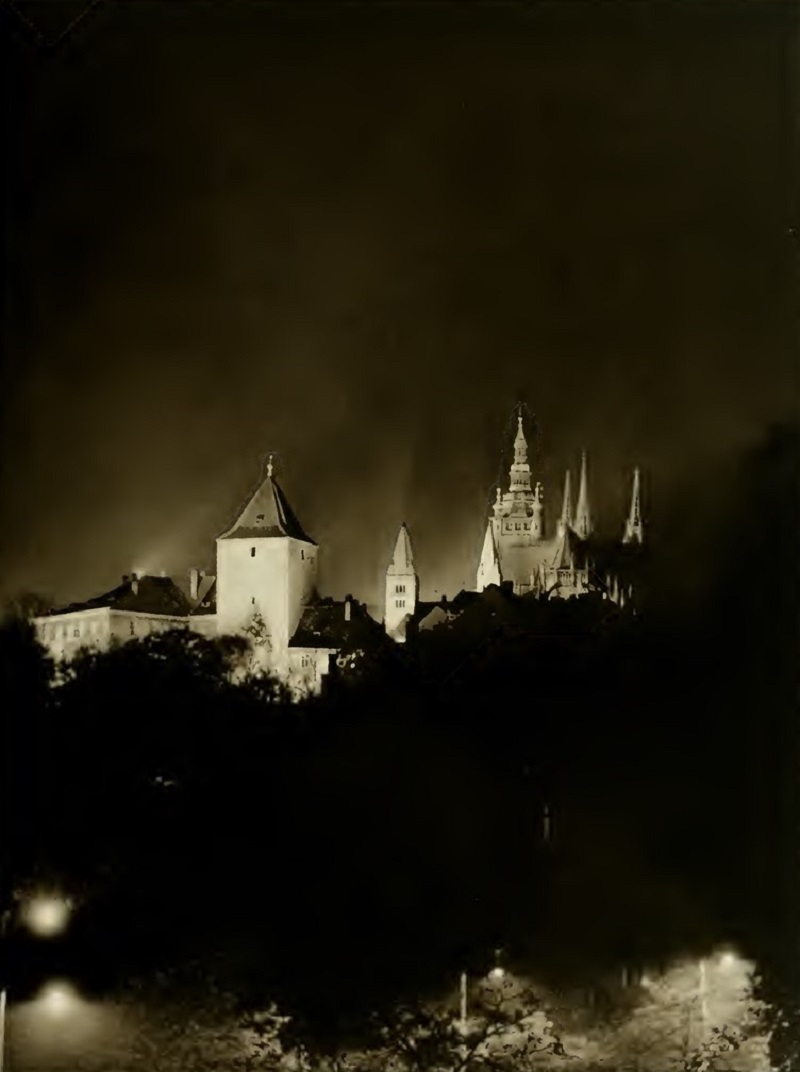
Look at more images of the Black Tower – Královská cesta by clicking here.
40. And now, for the last lime, another picture that is certain to be remembered by all who have once seen it: night is falling over Charles Bridge, enveloping the face of Prague in a starry veil of dreams.
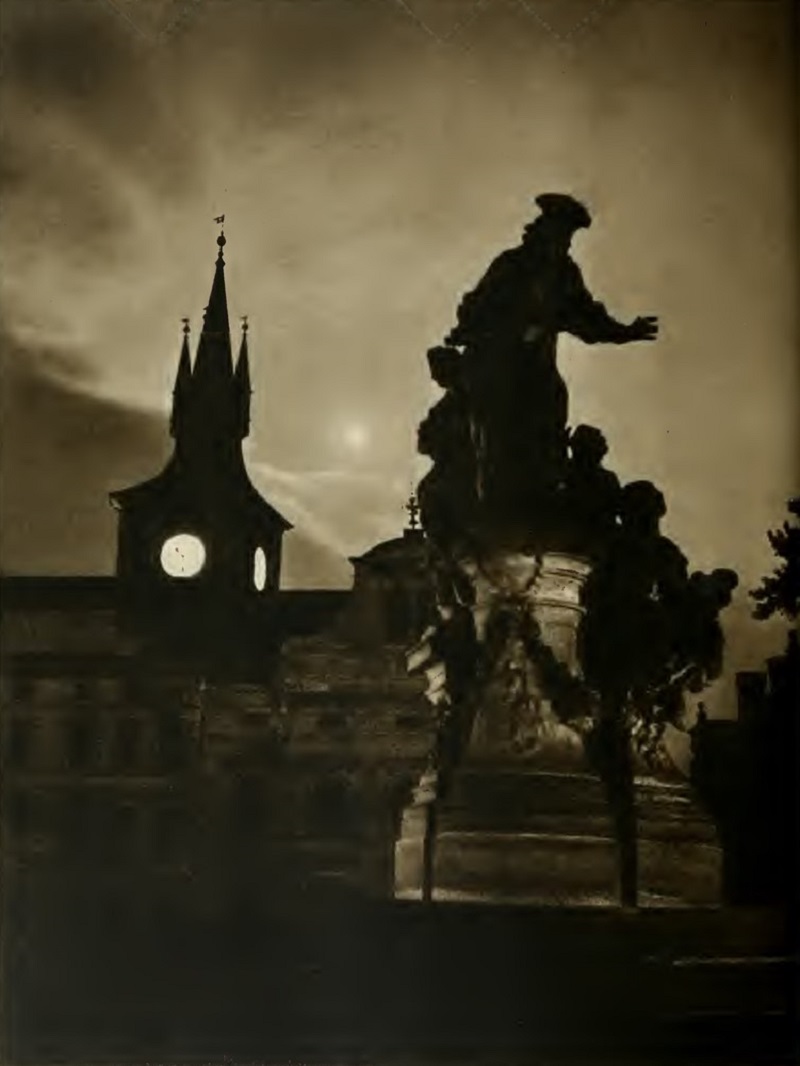
Look at more images of the Charles Bridge at night by clicking here.
I hope you have enjoyed The Face of Prague – Beautiful Images from 75 Years Ago as much as I enjoyed creating it and finding all of the new images of today to go with it.
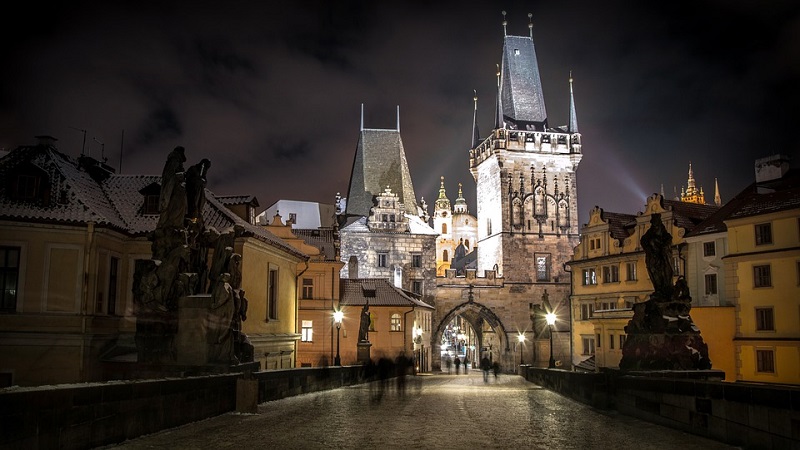
If you have not already subscribed to get TresBohemes.com delivered to your inbox, please use the form below now so you never miss another post.
Remember, we rely solely on your donations to keep the project going.
Become a friend and get our lovely Czech postcard pack.


